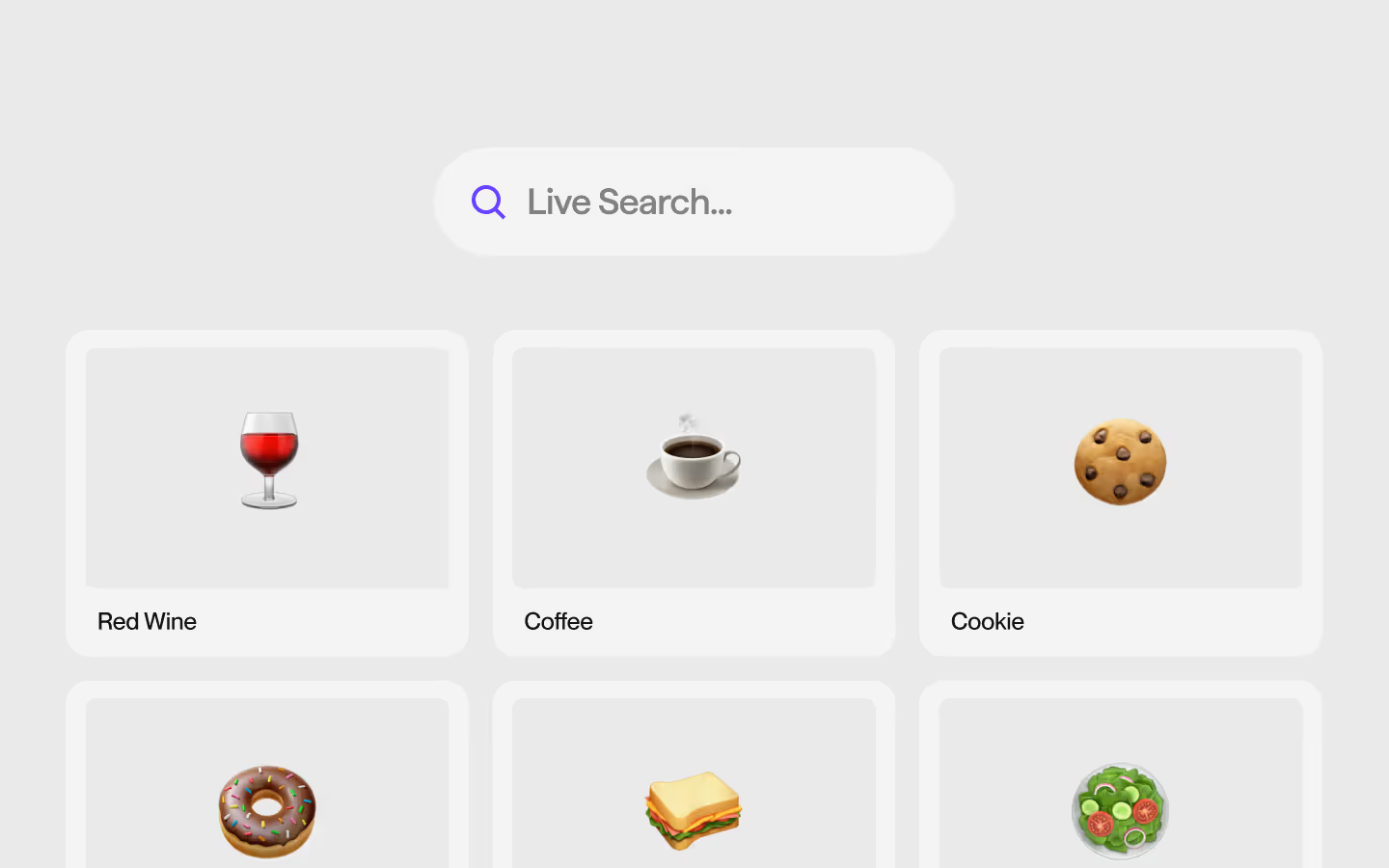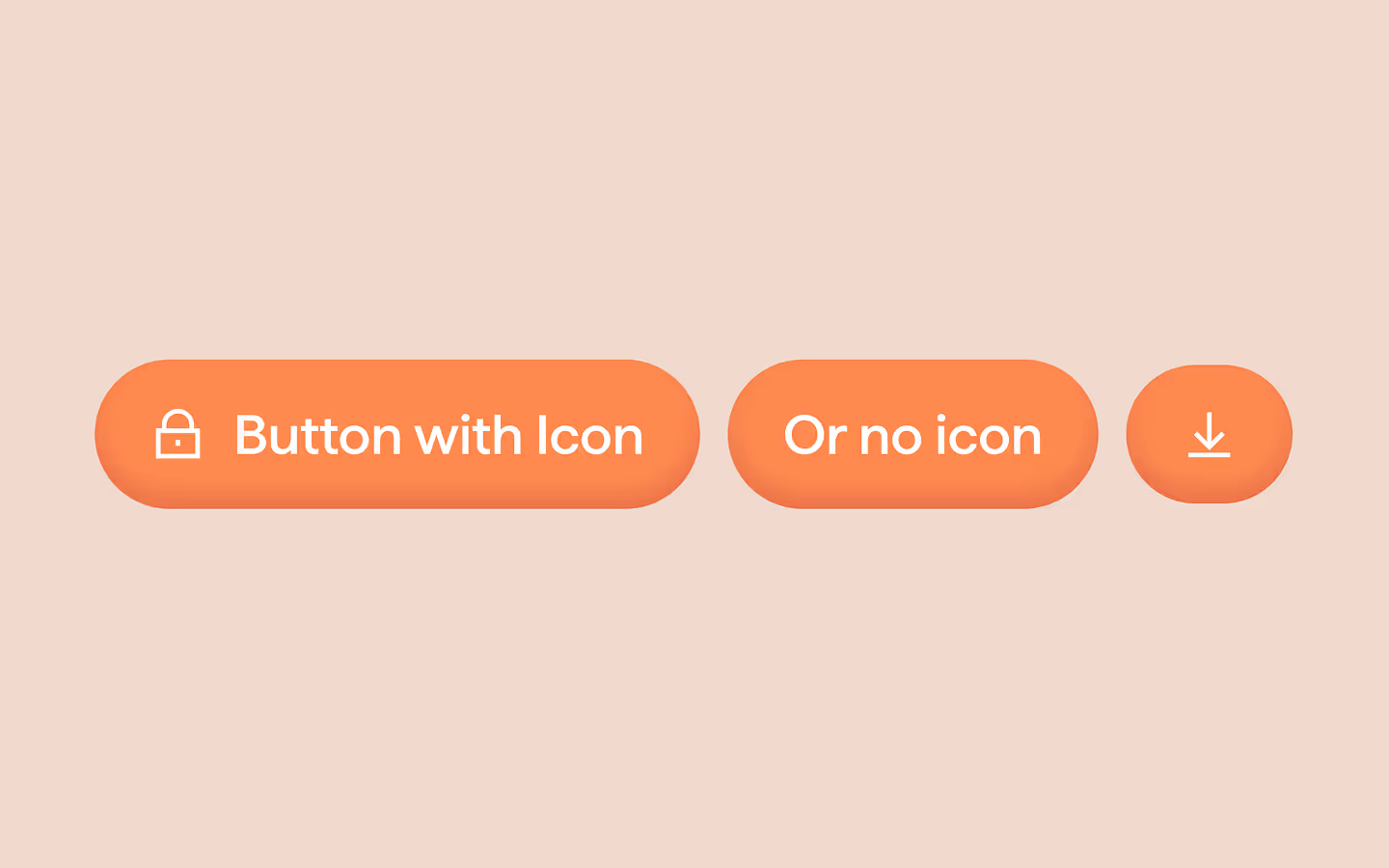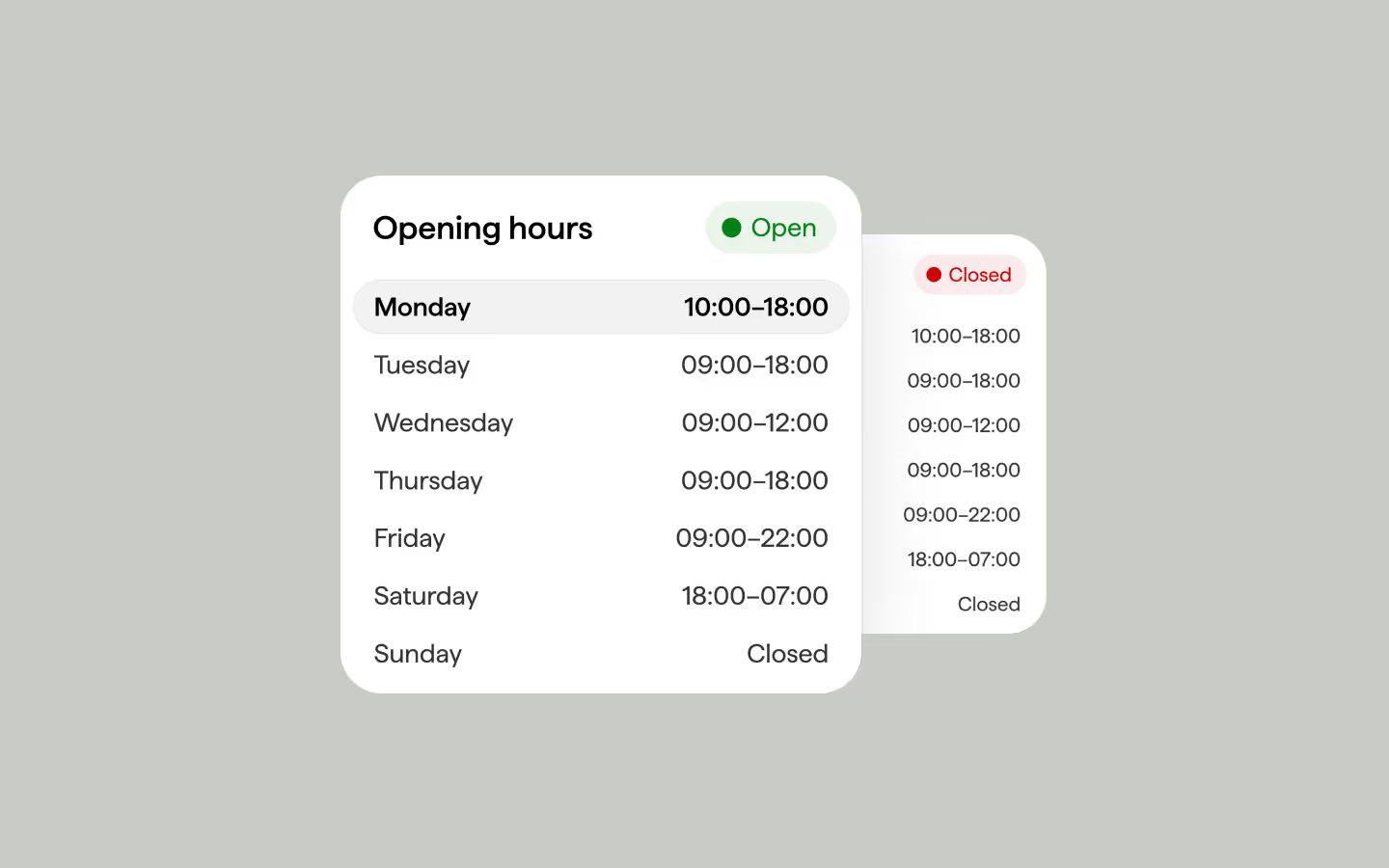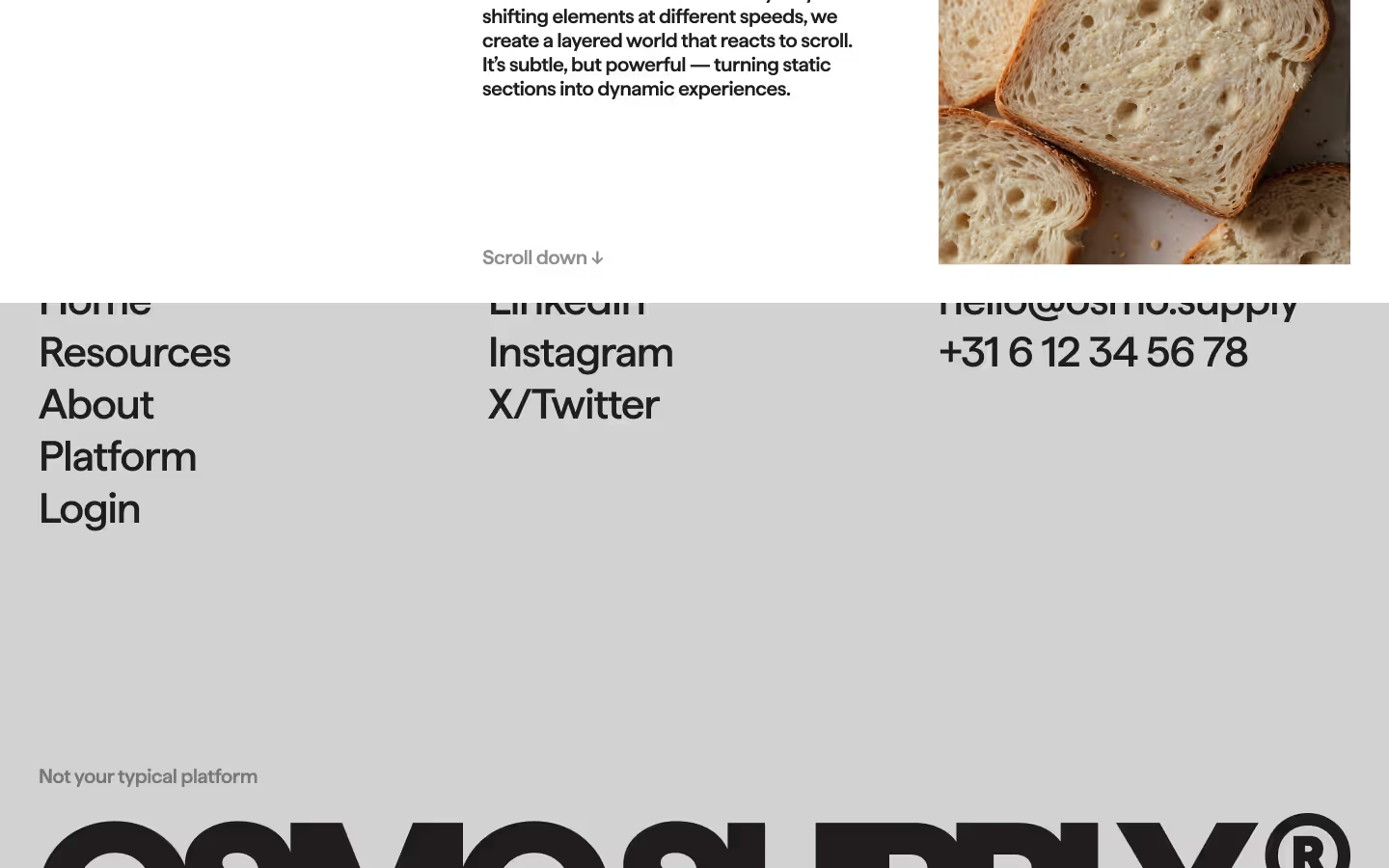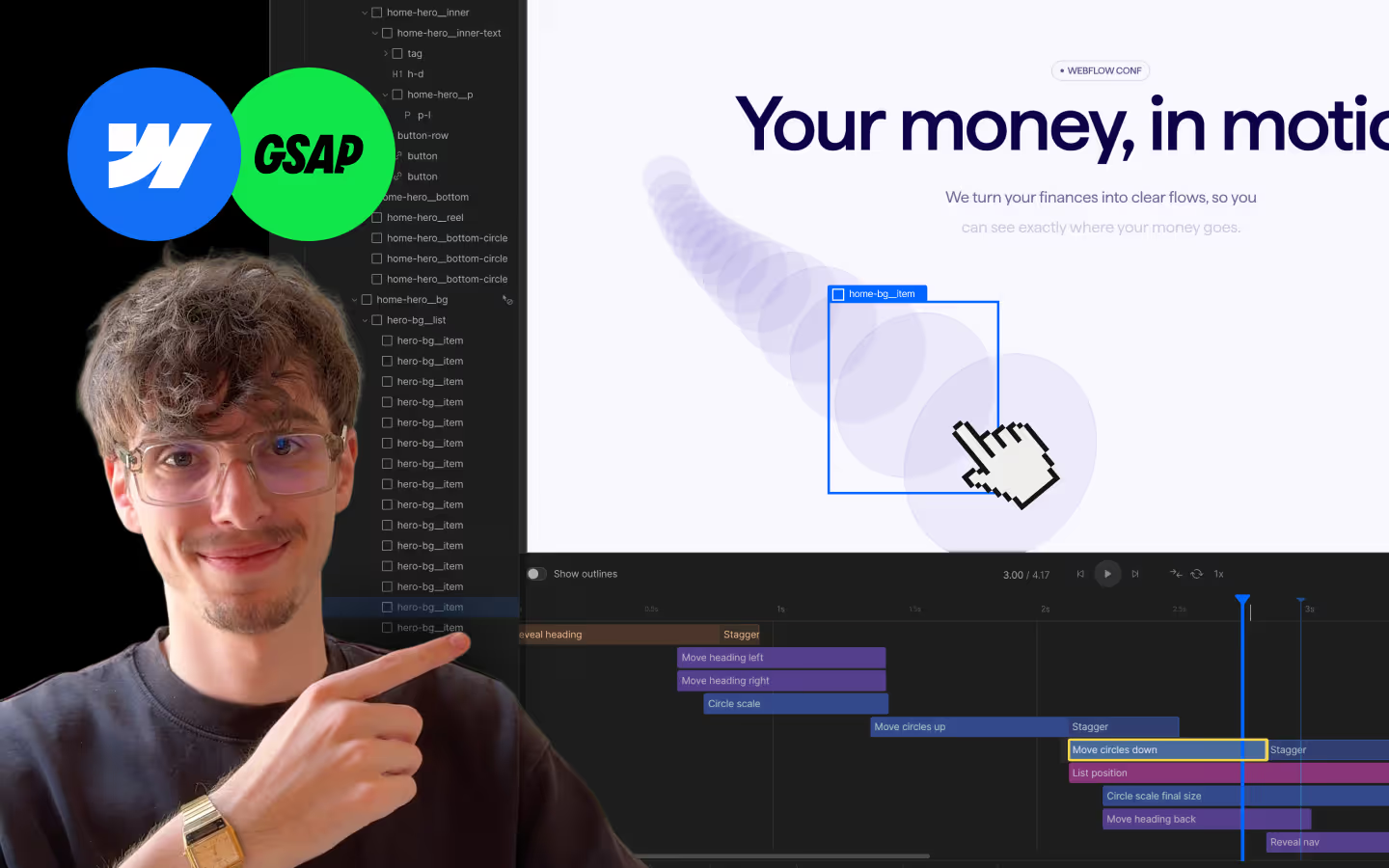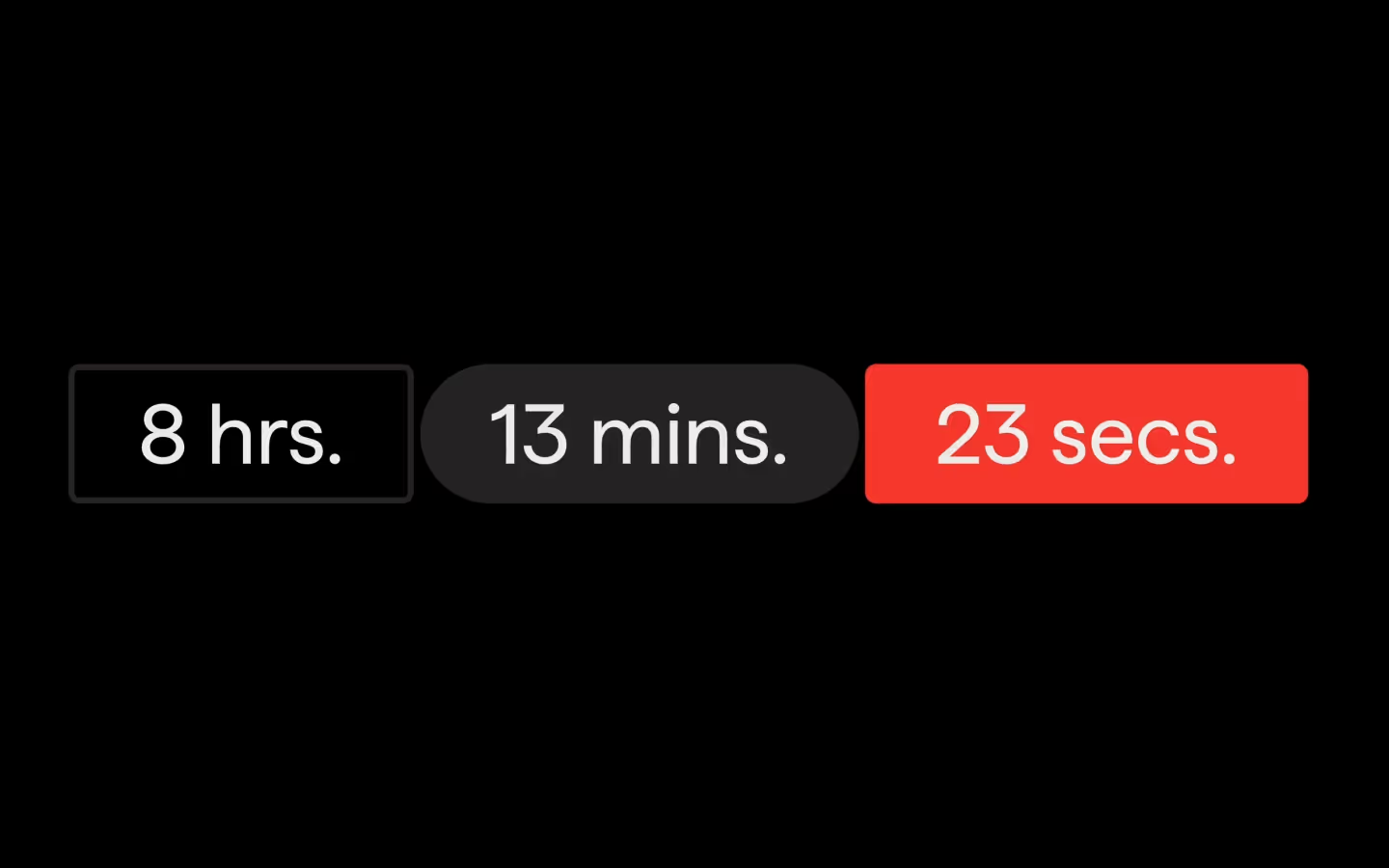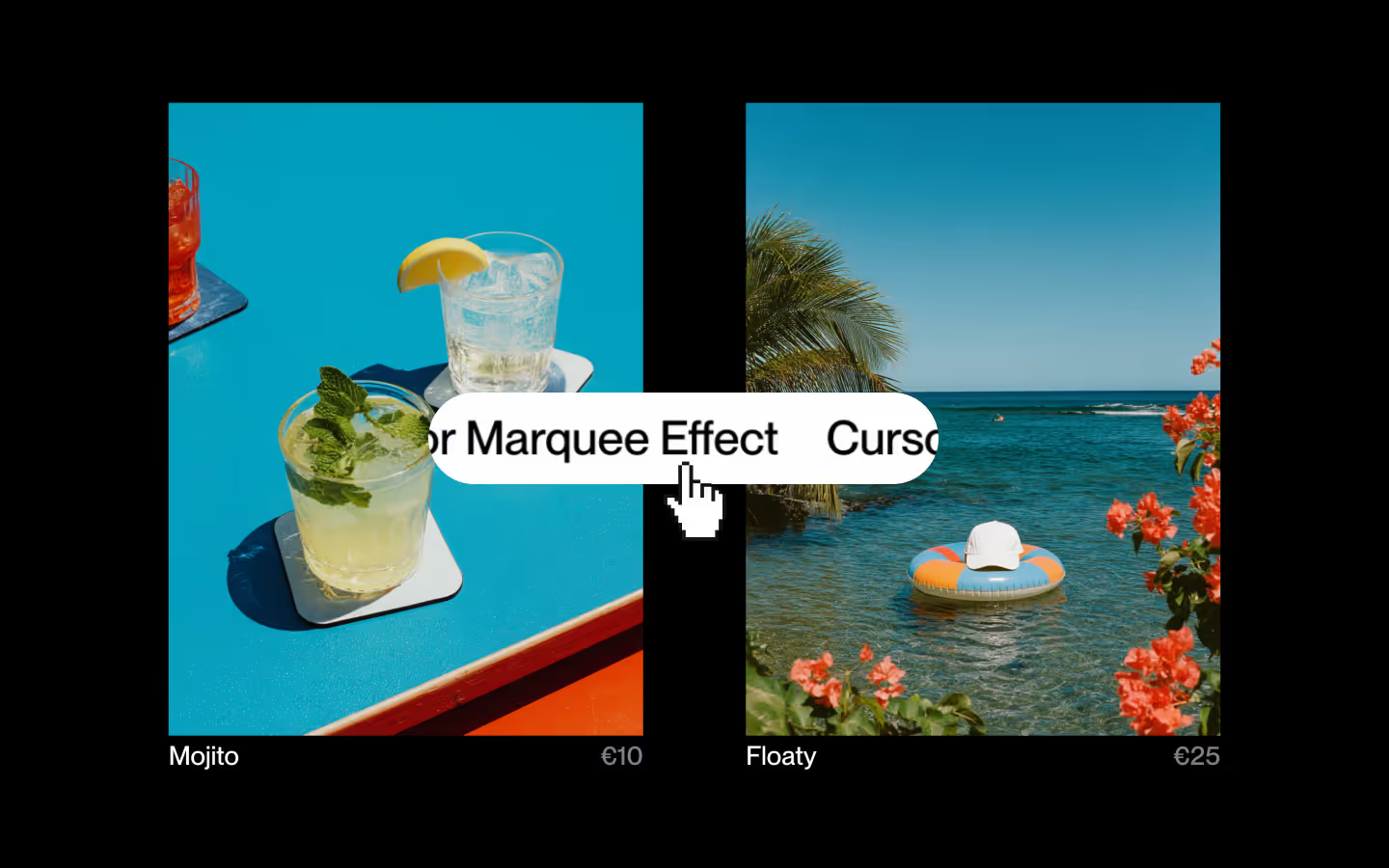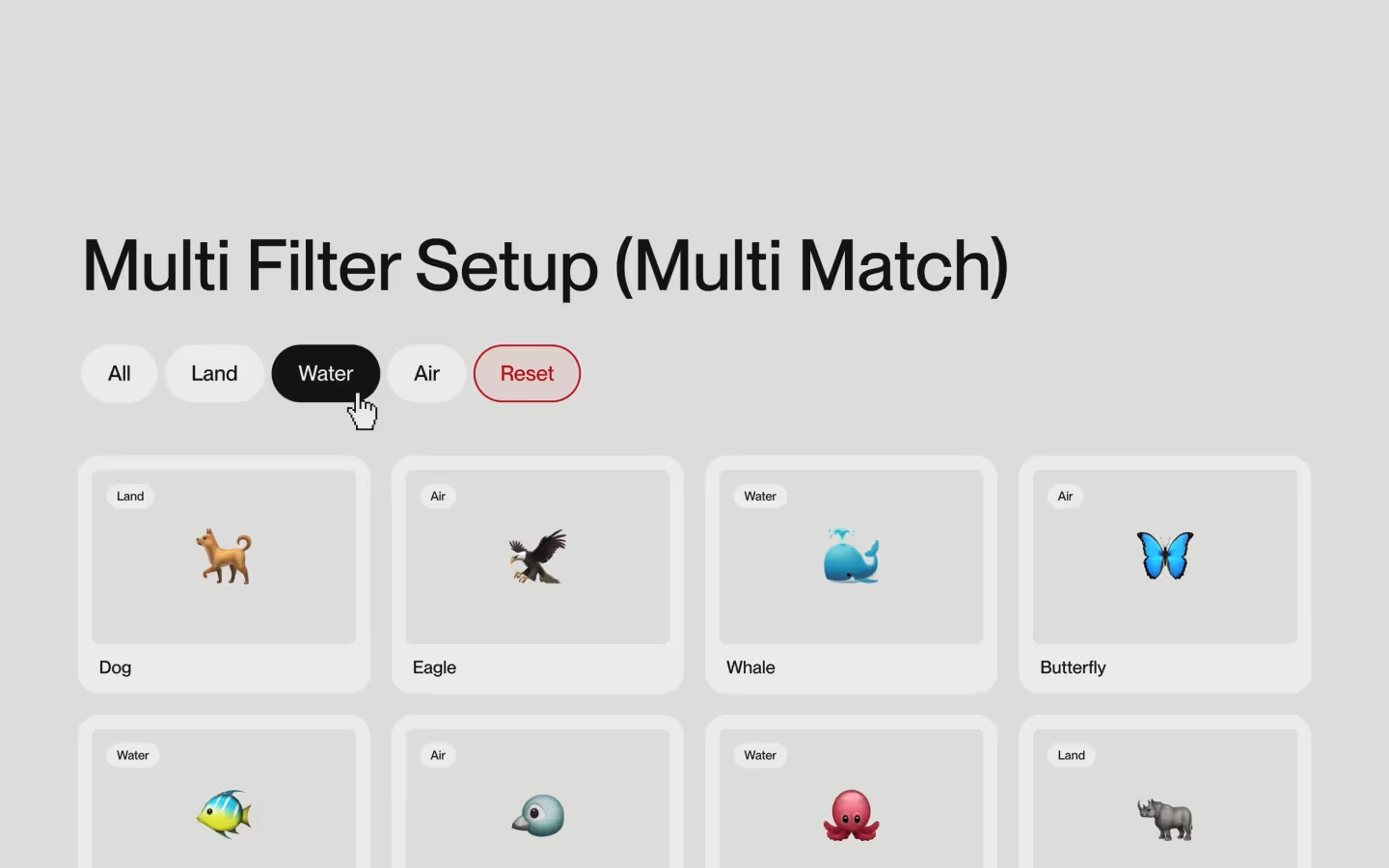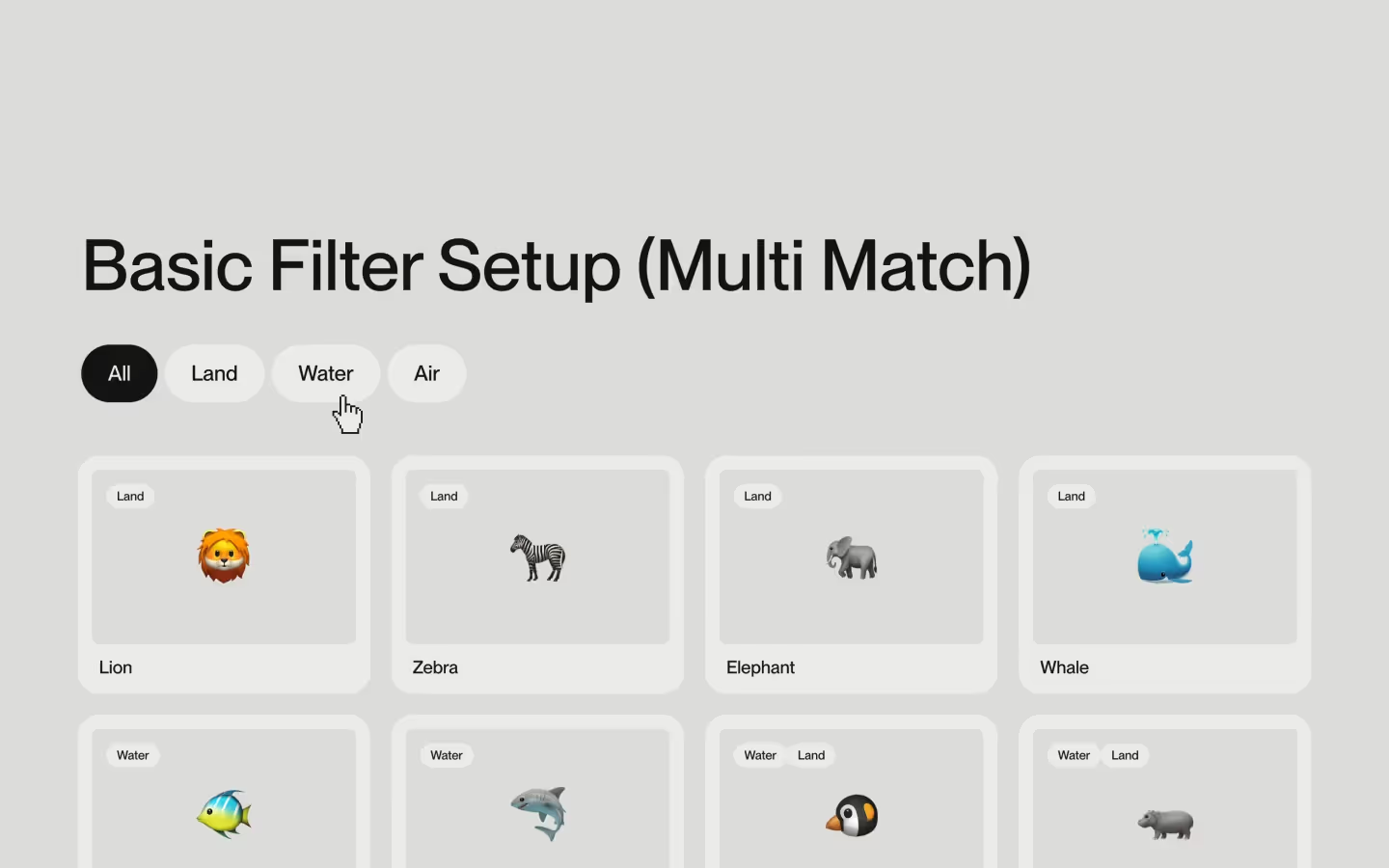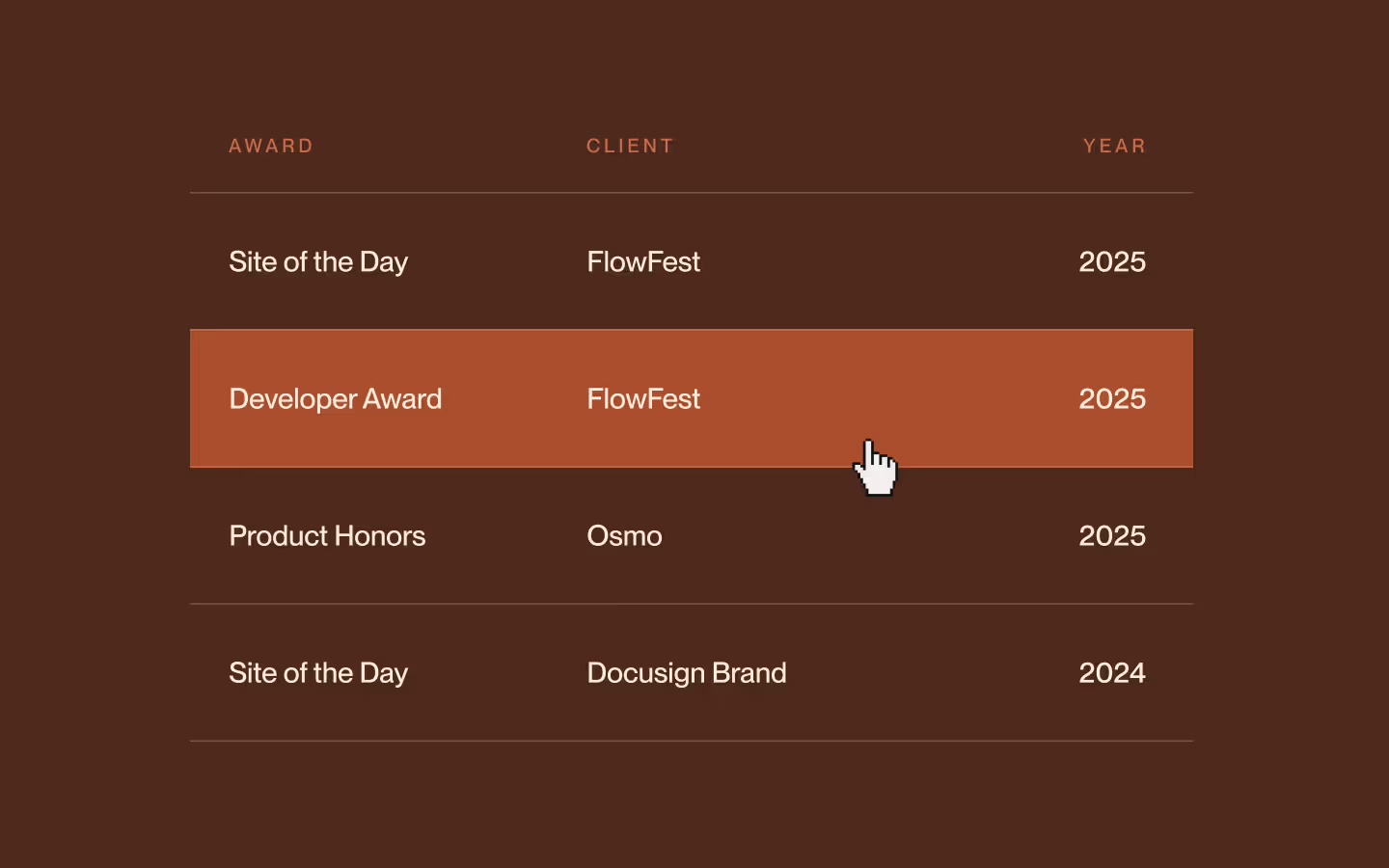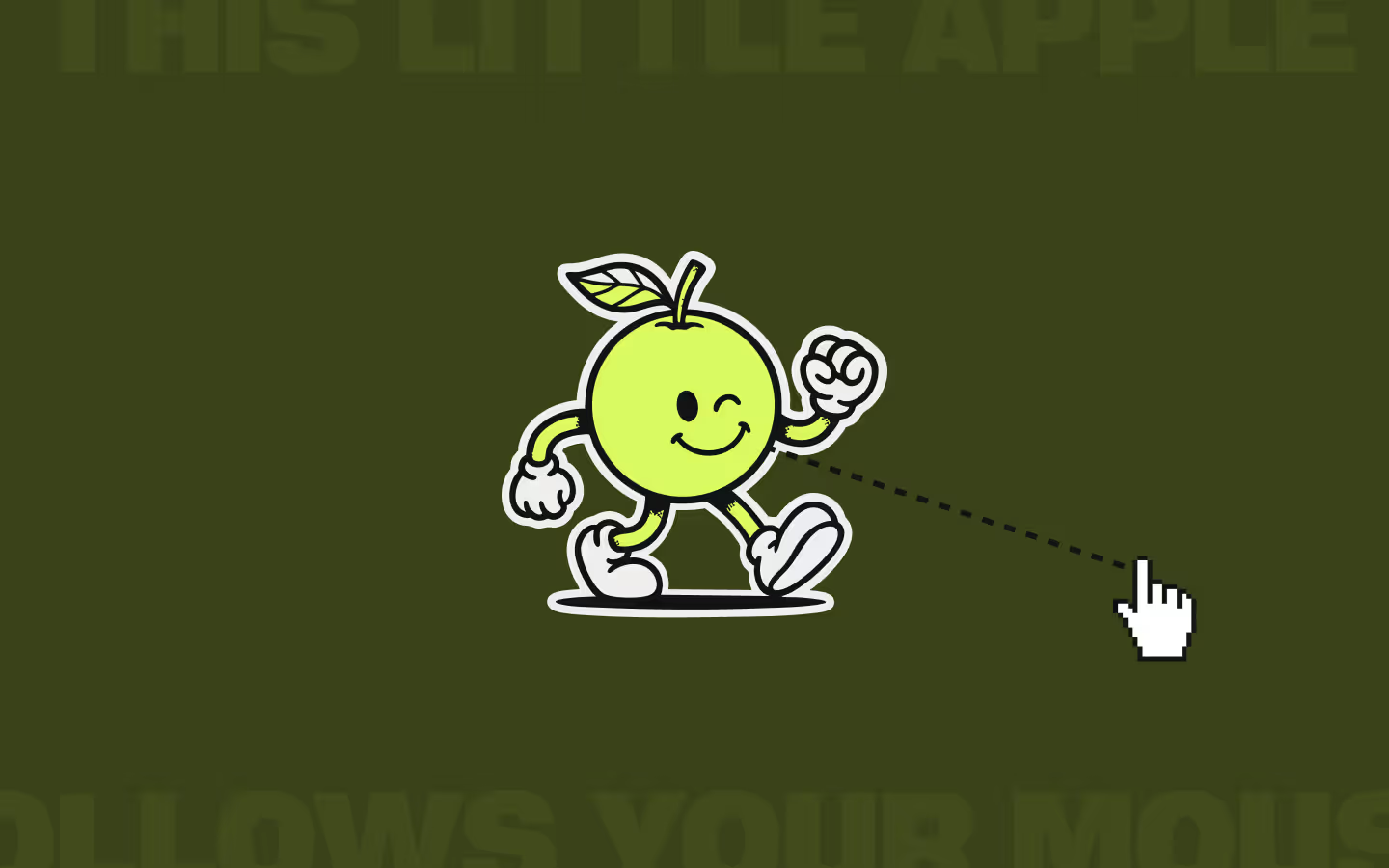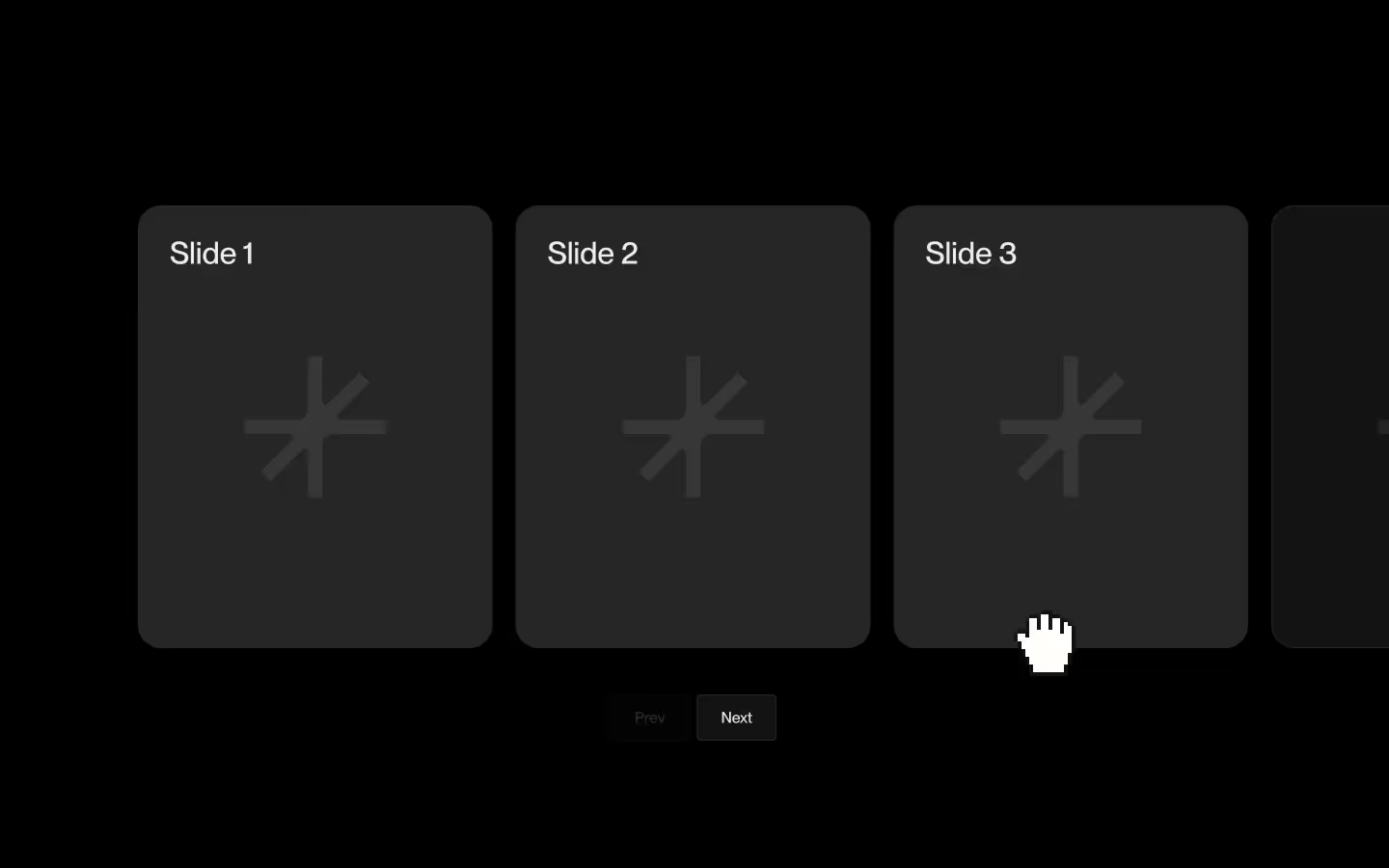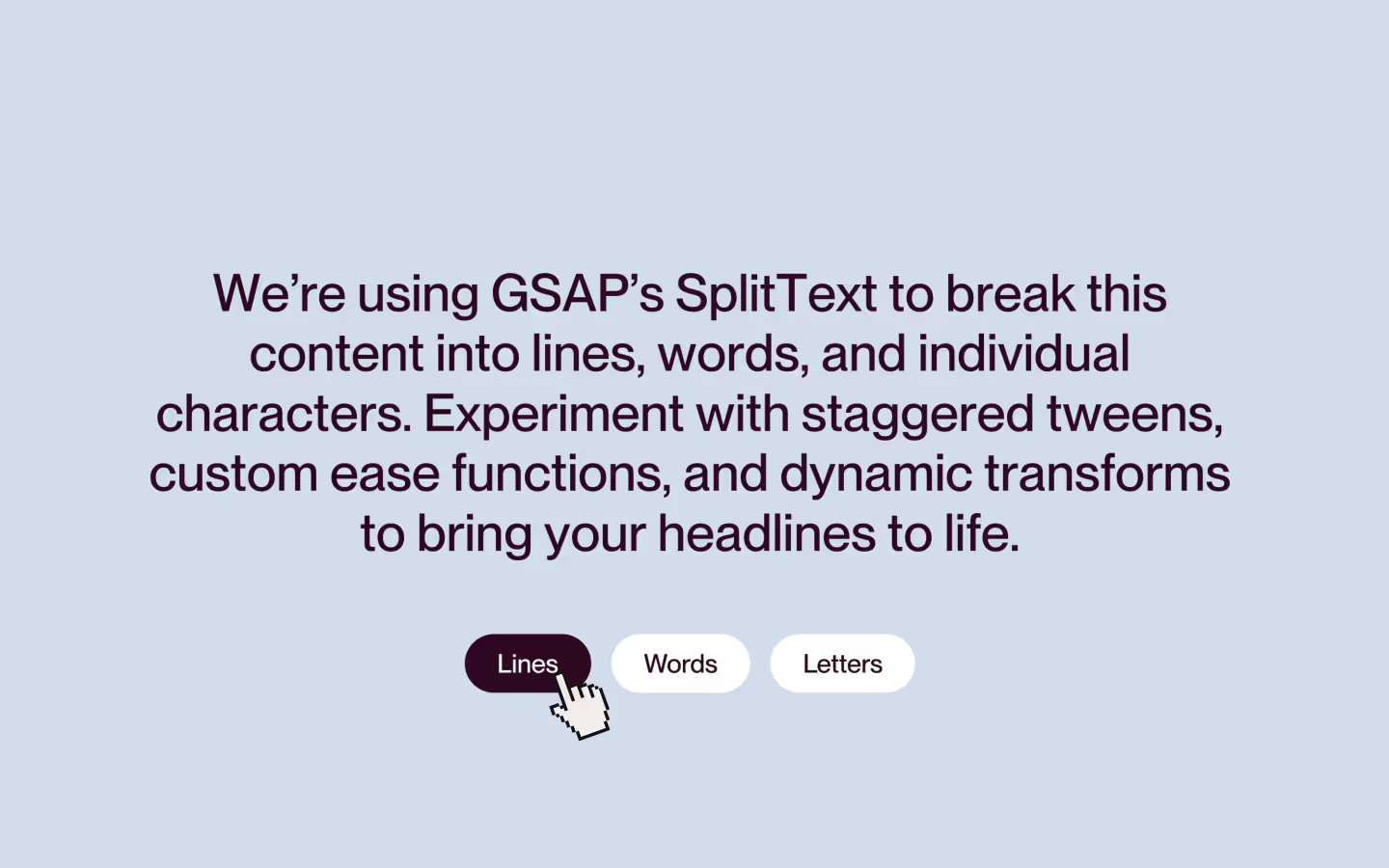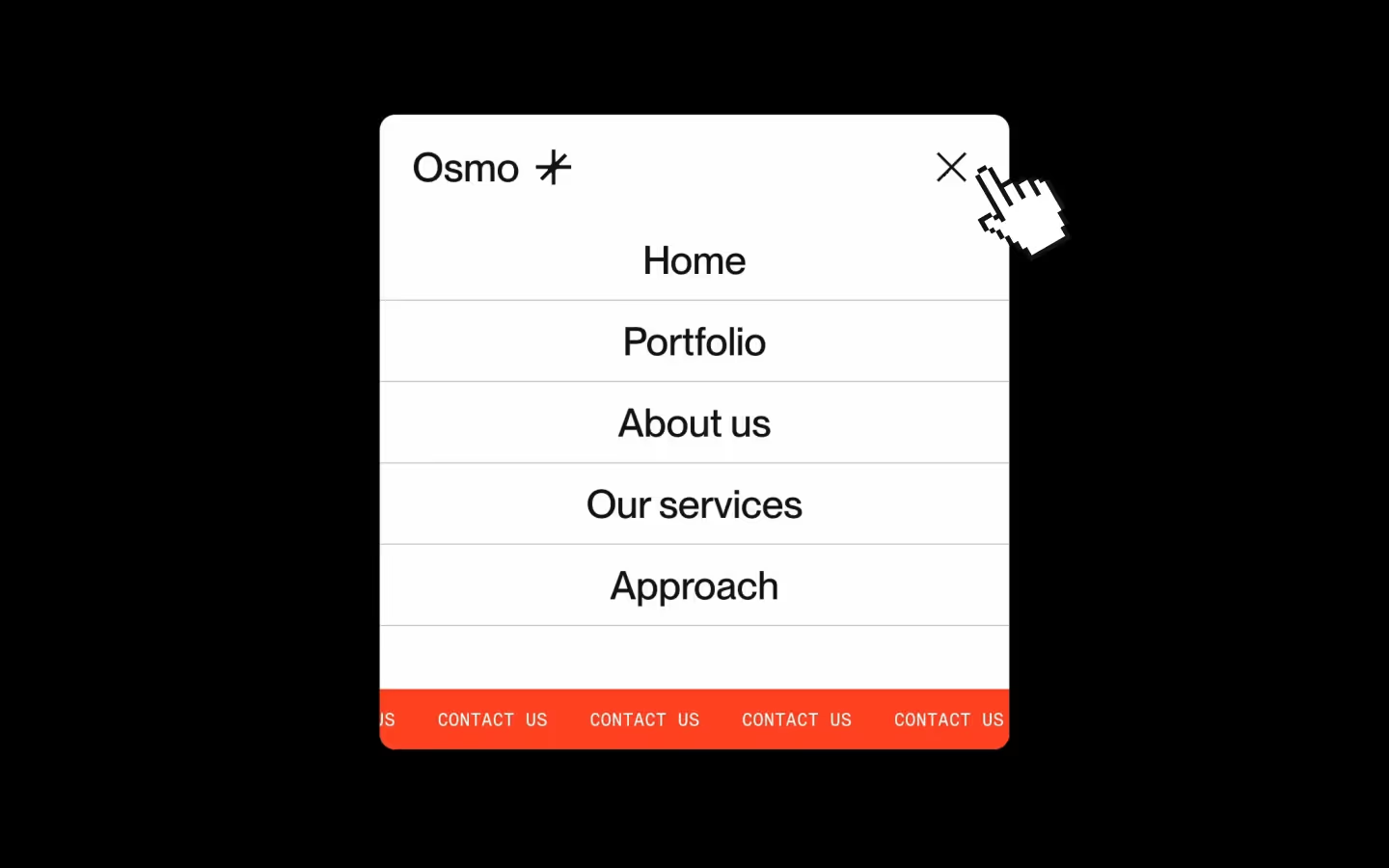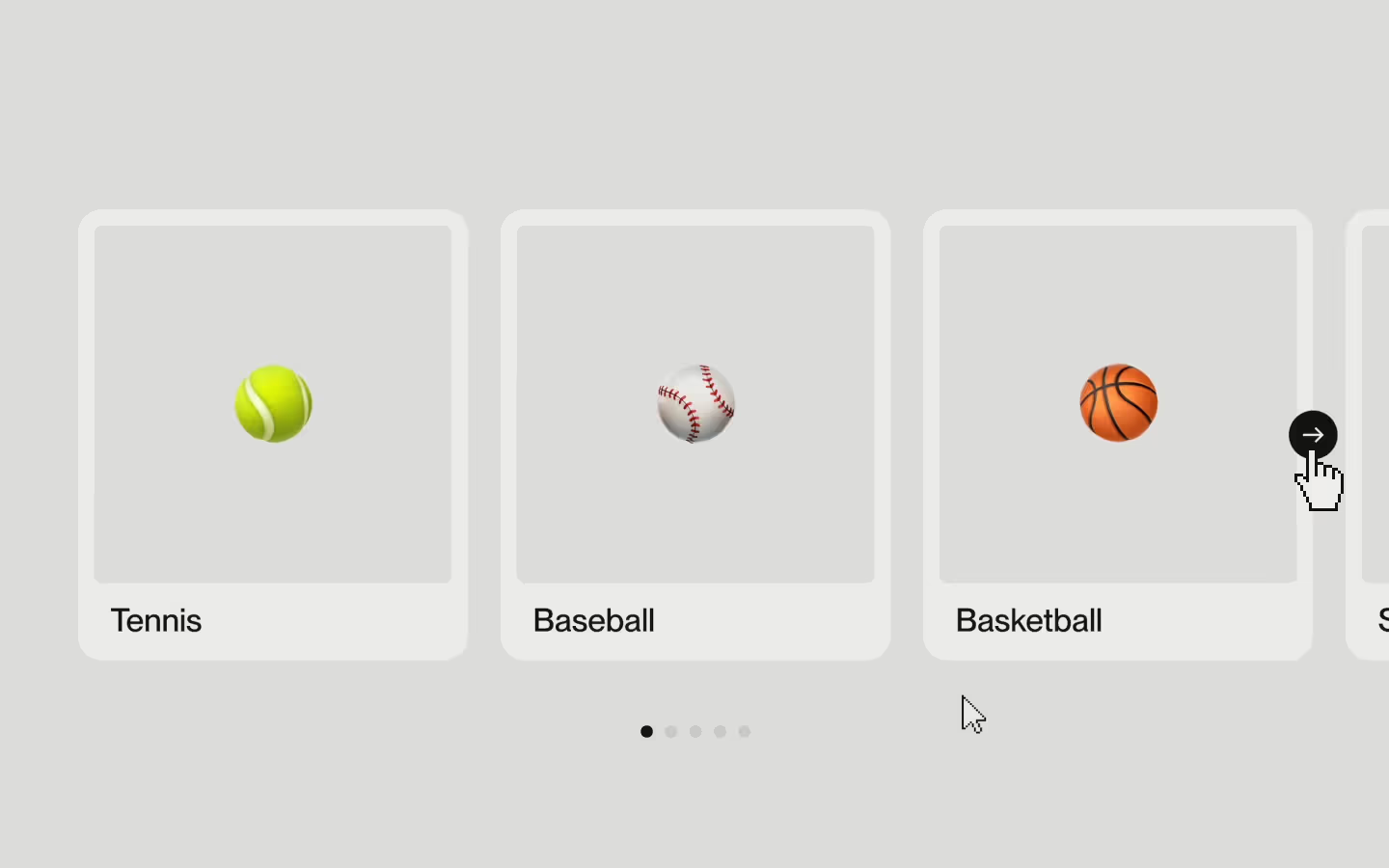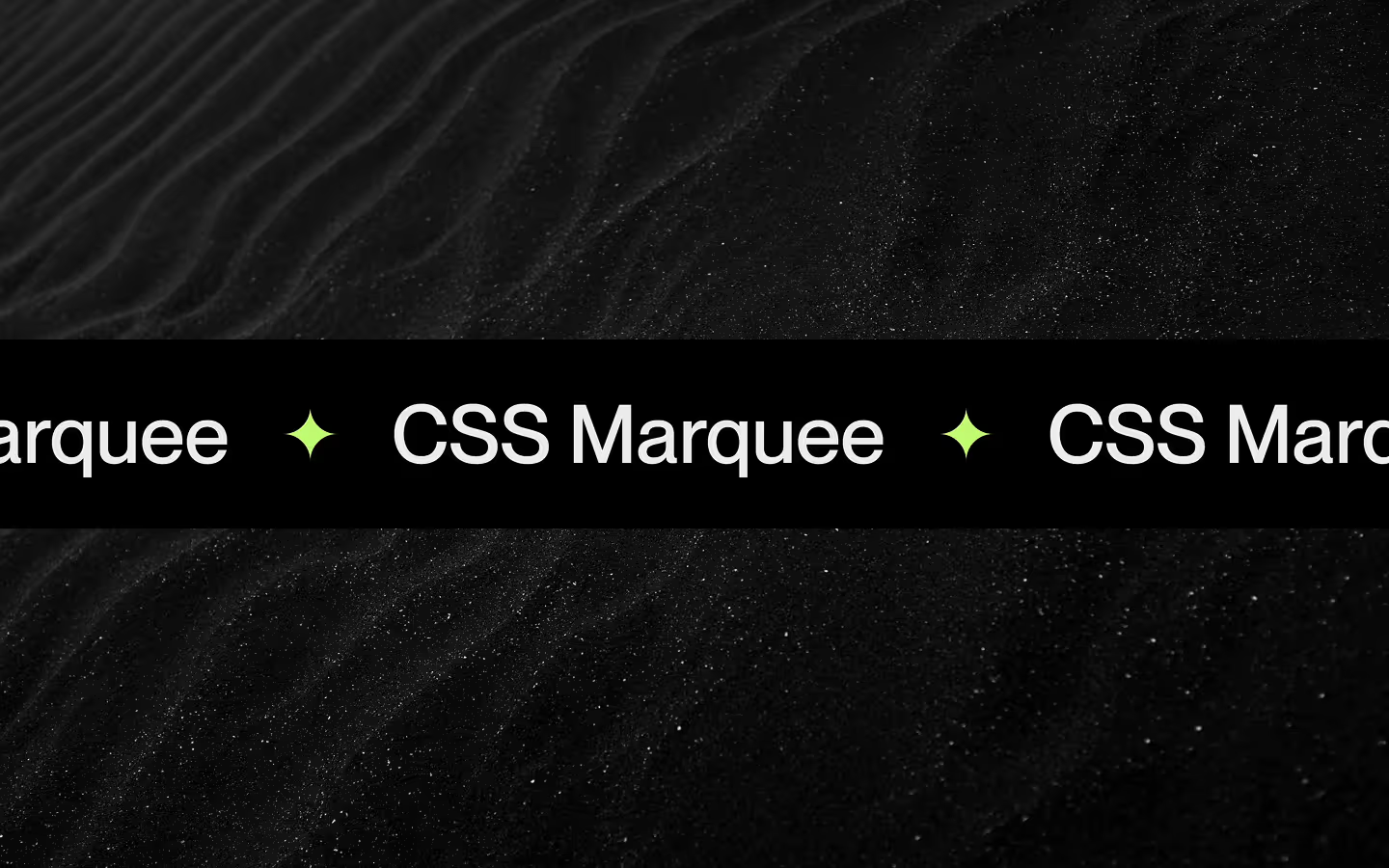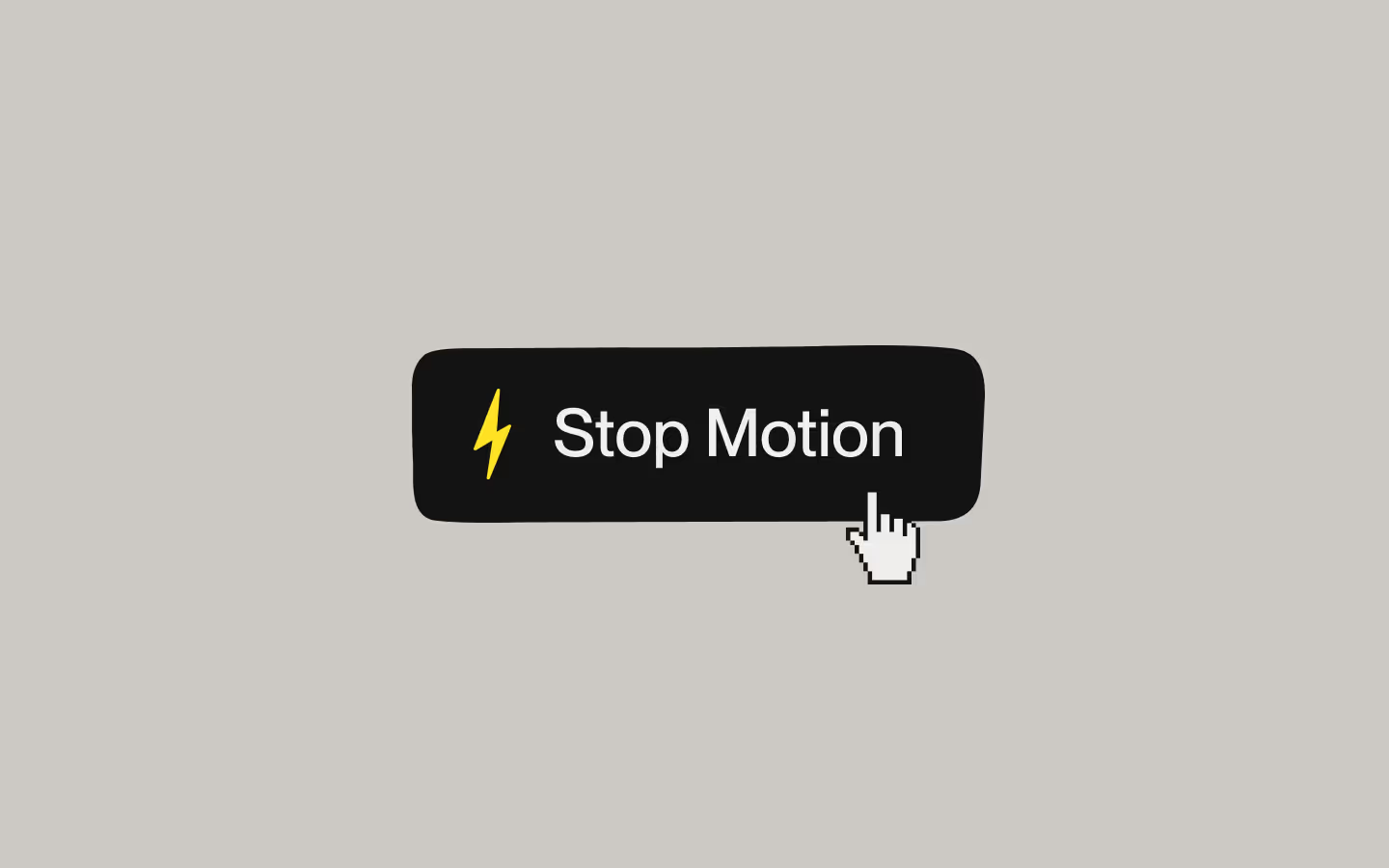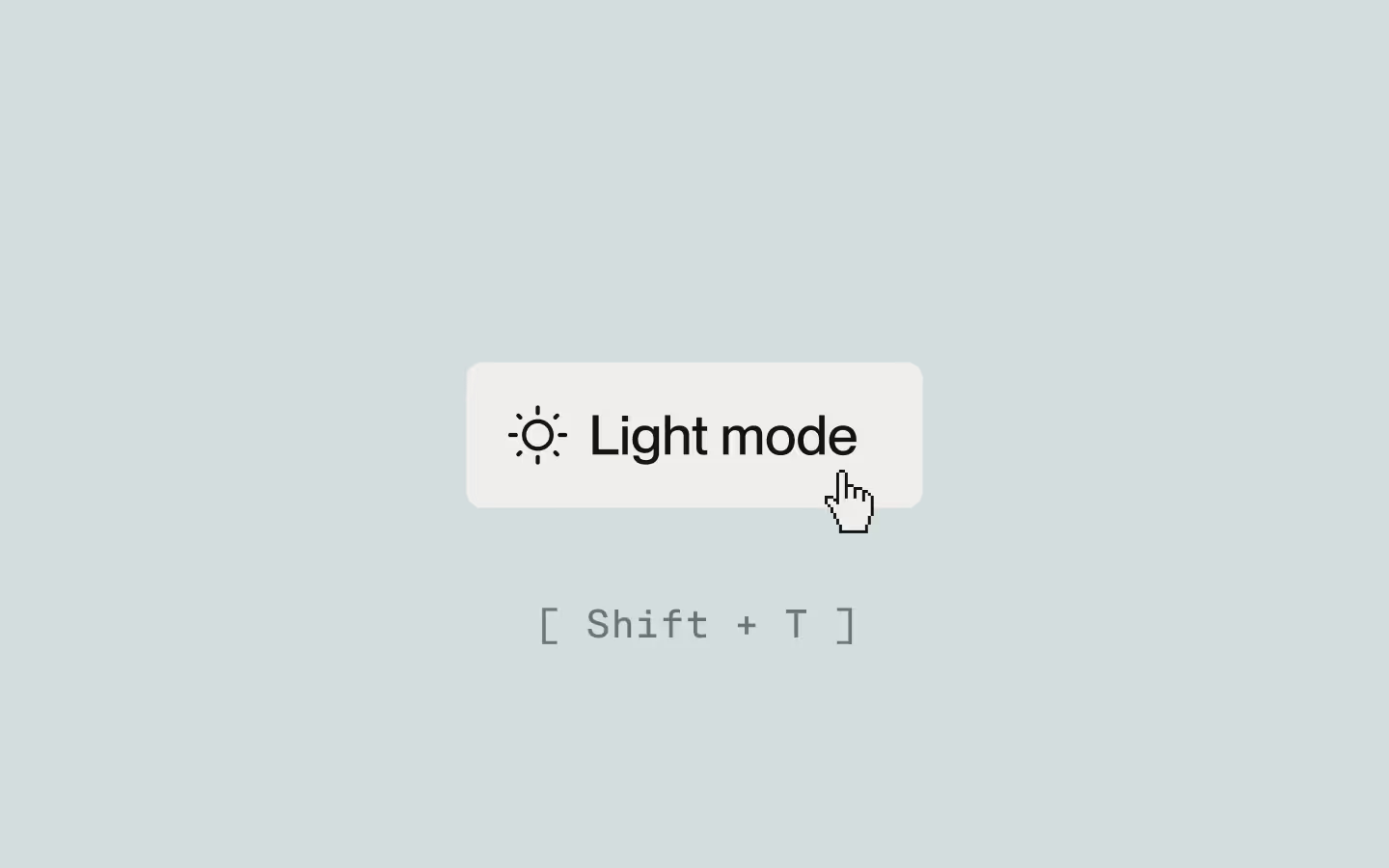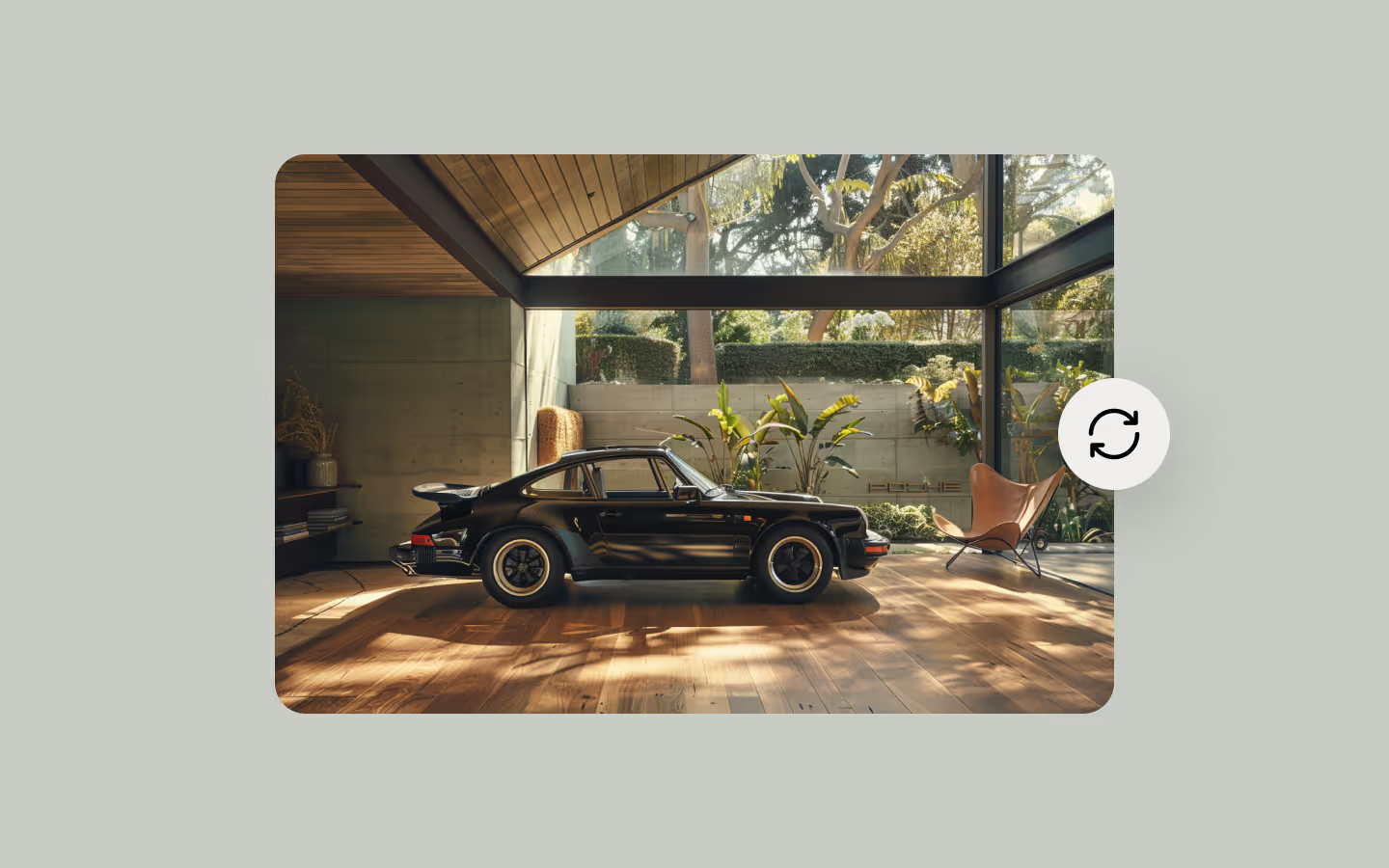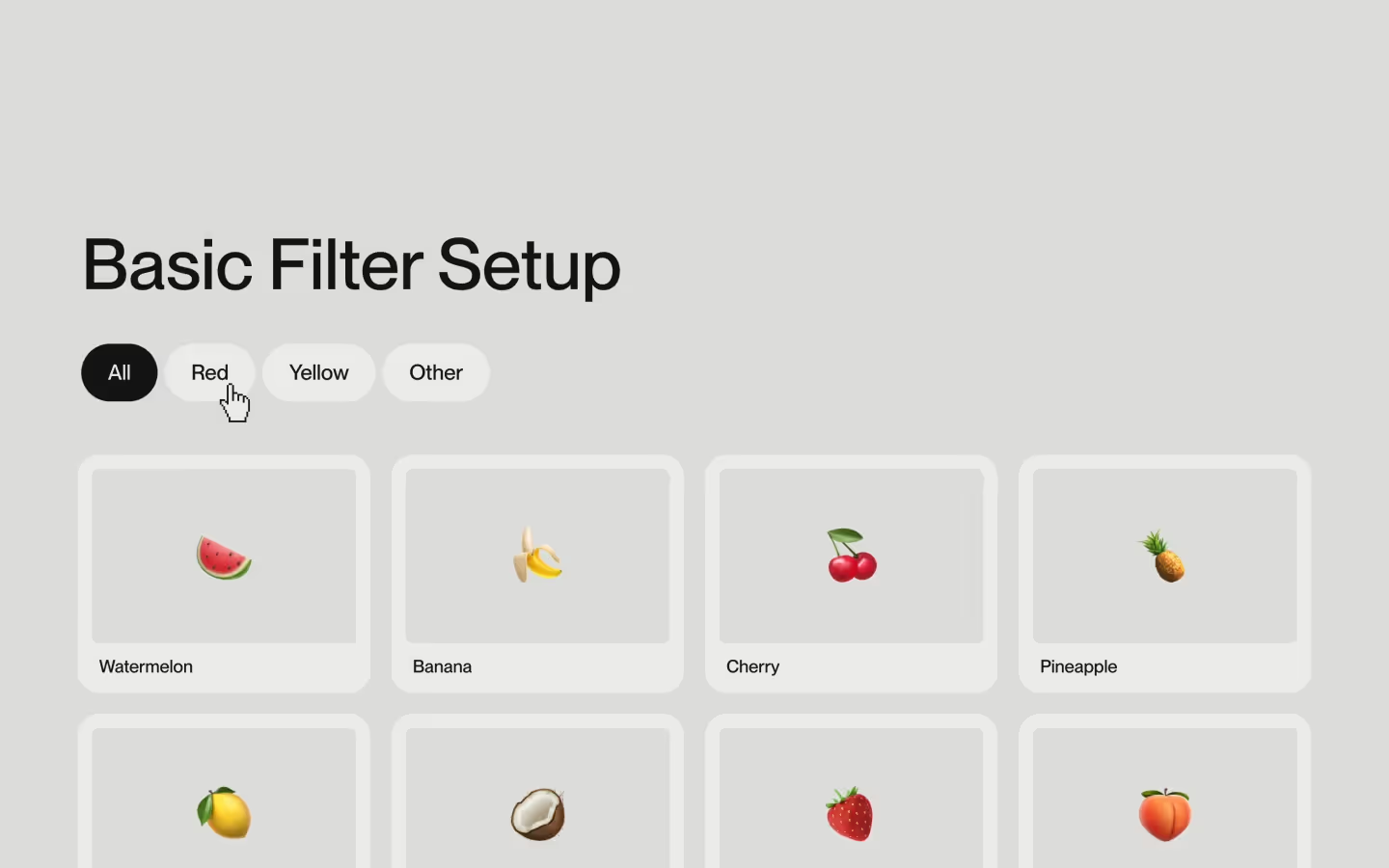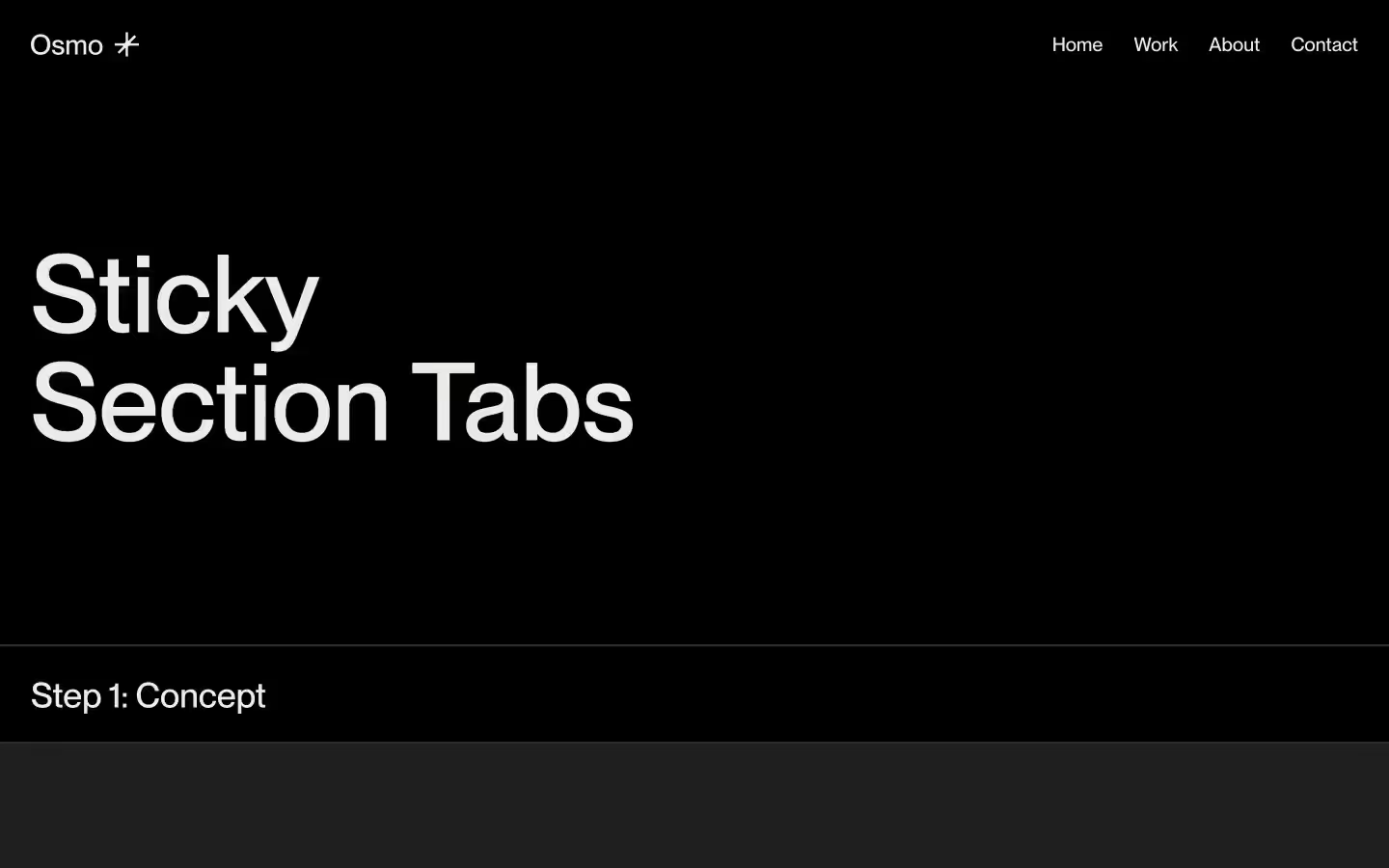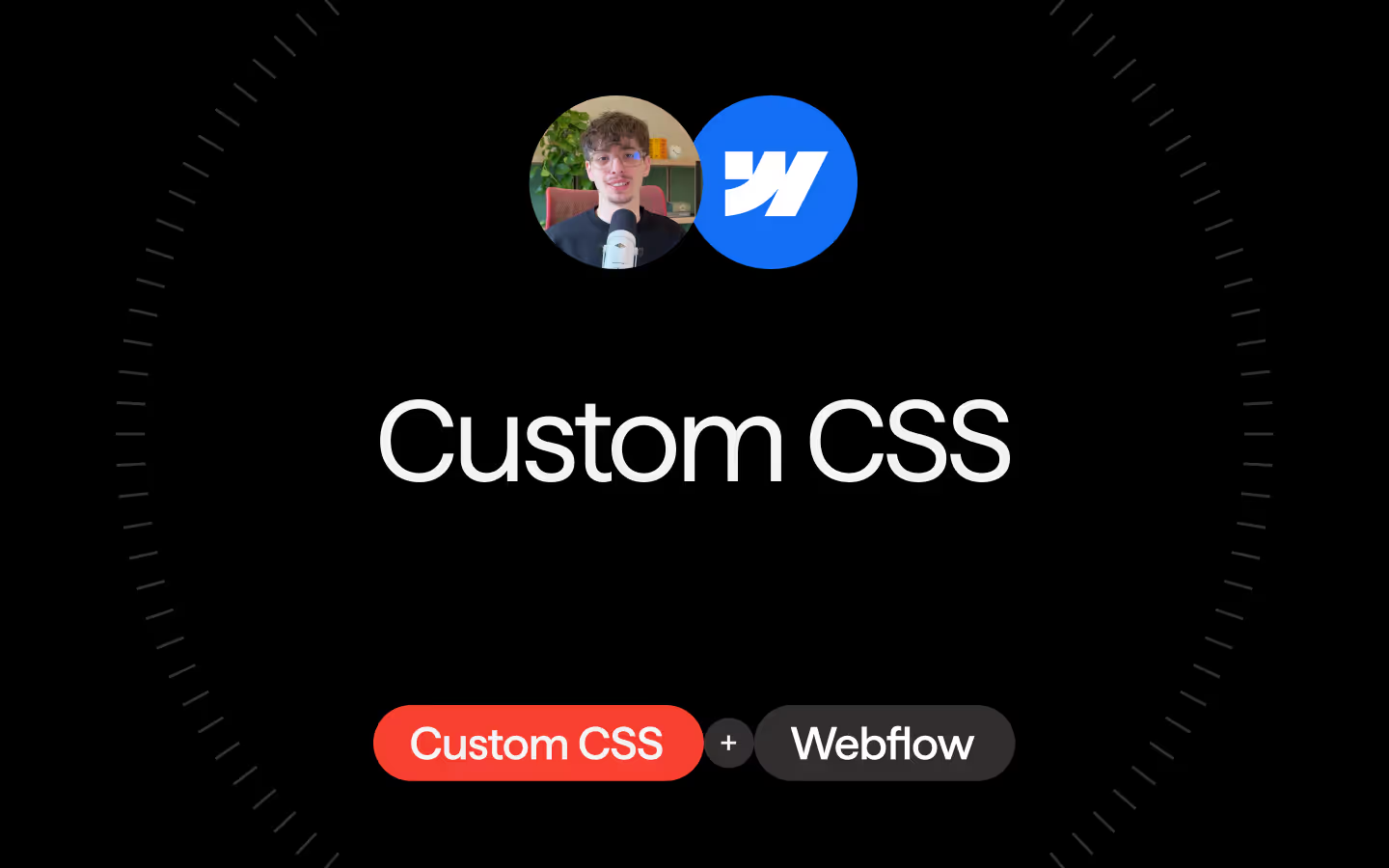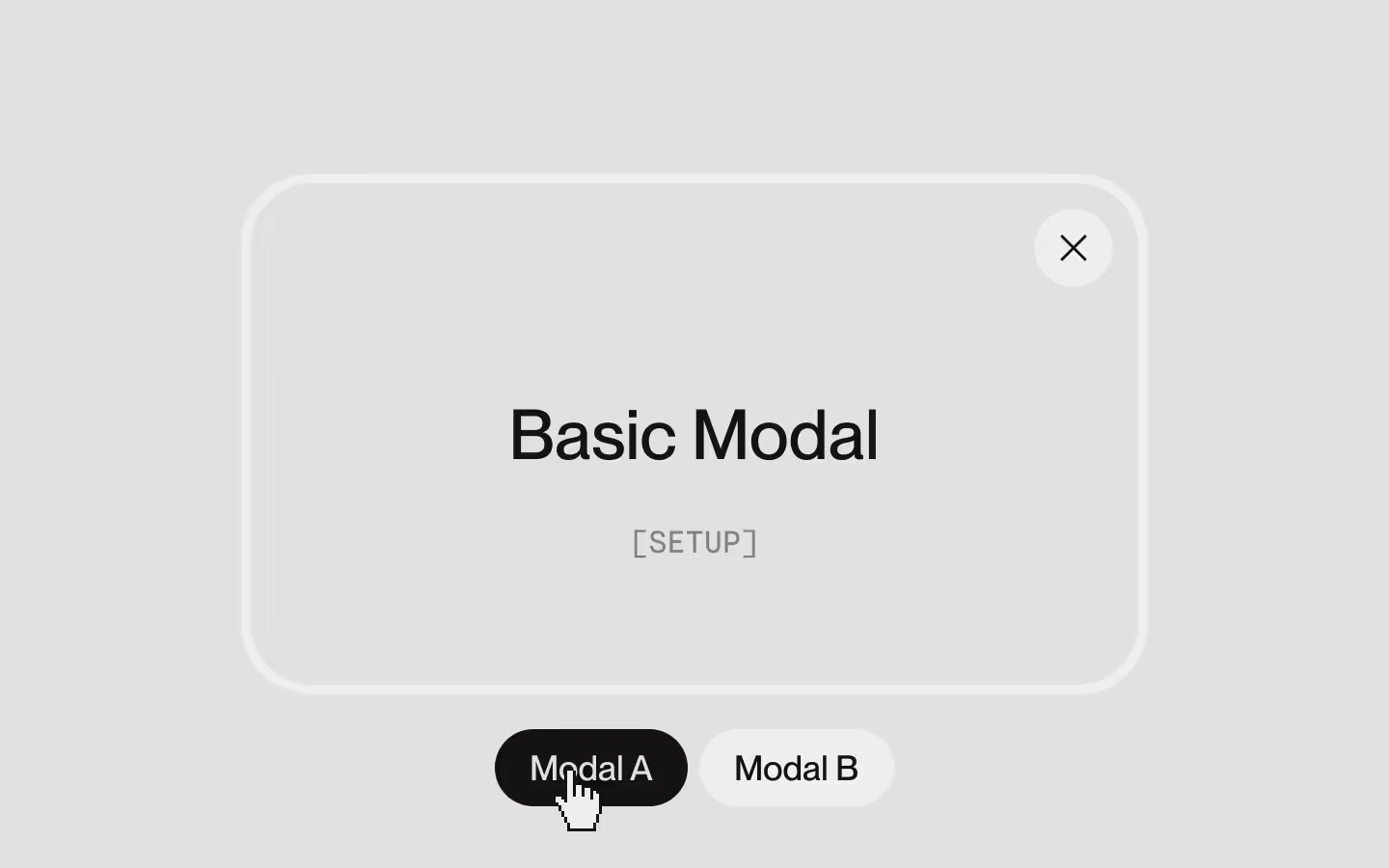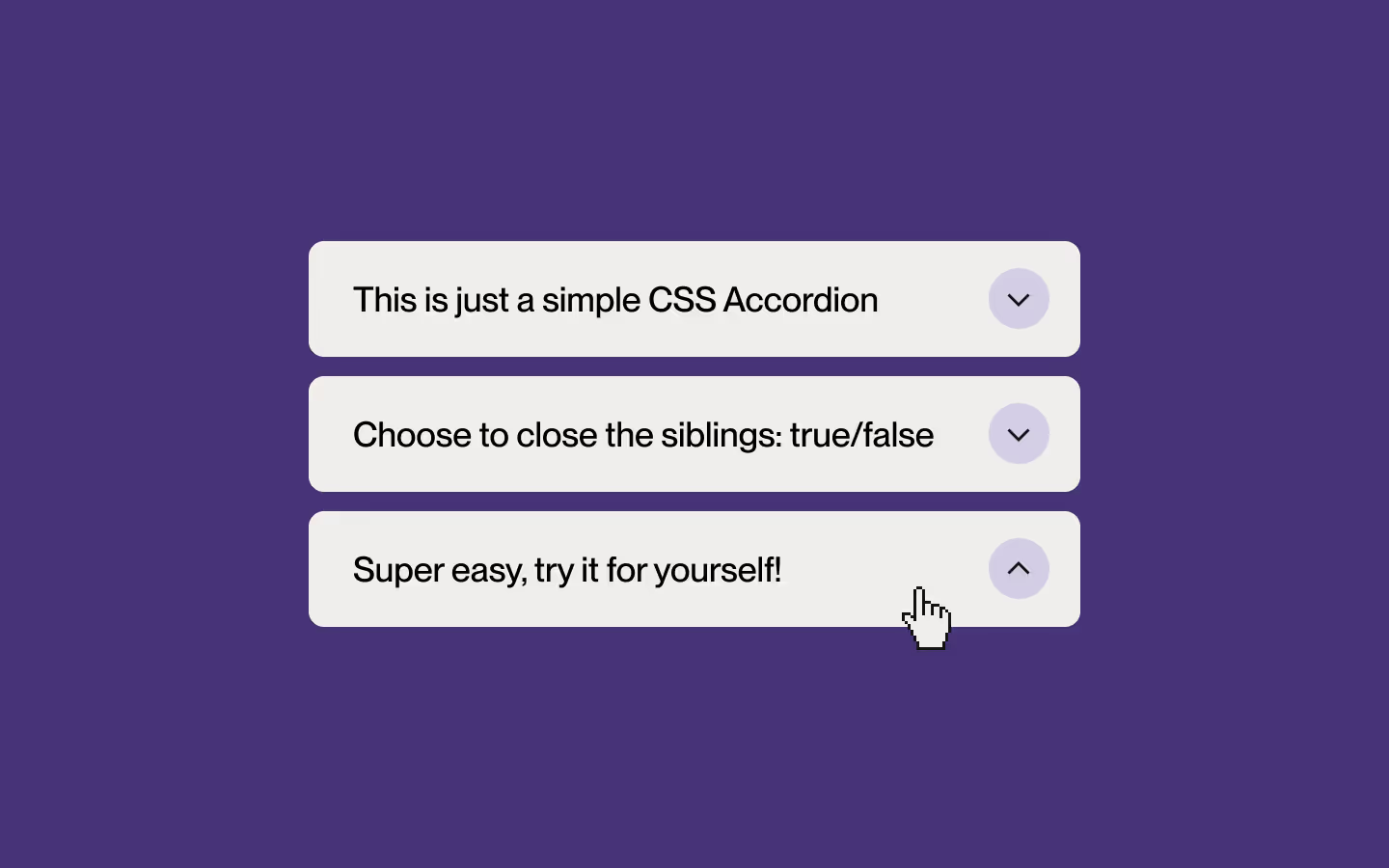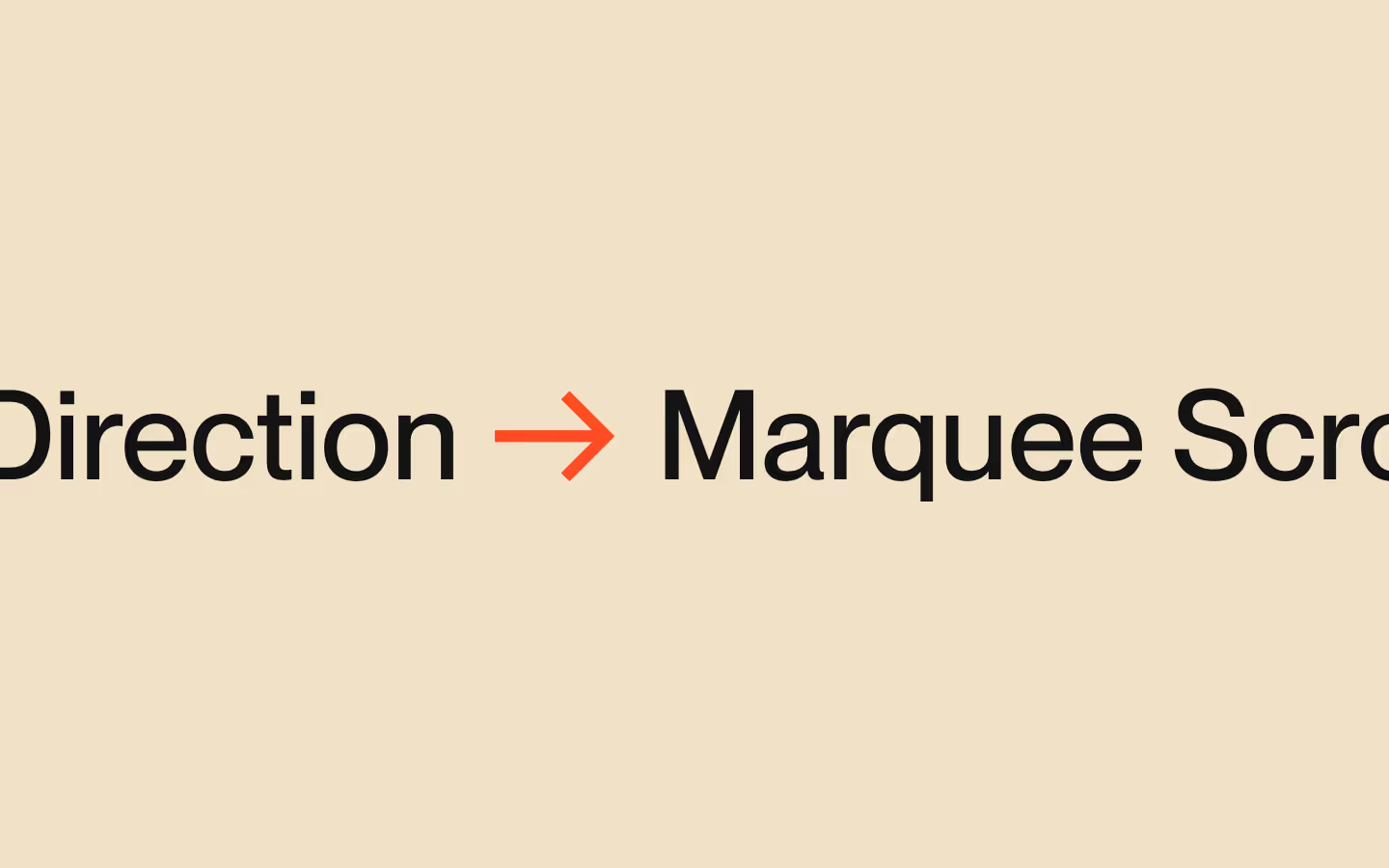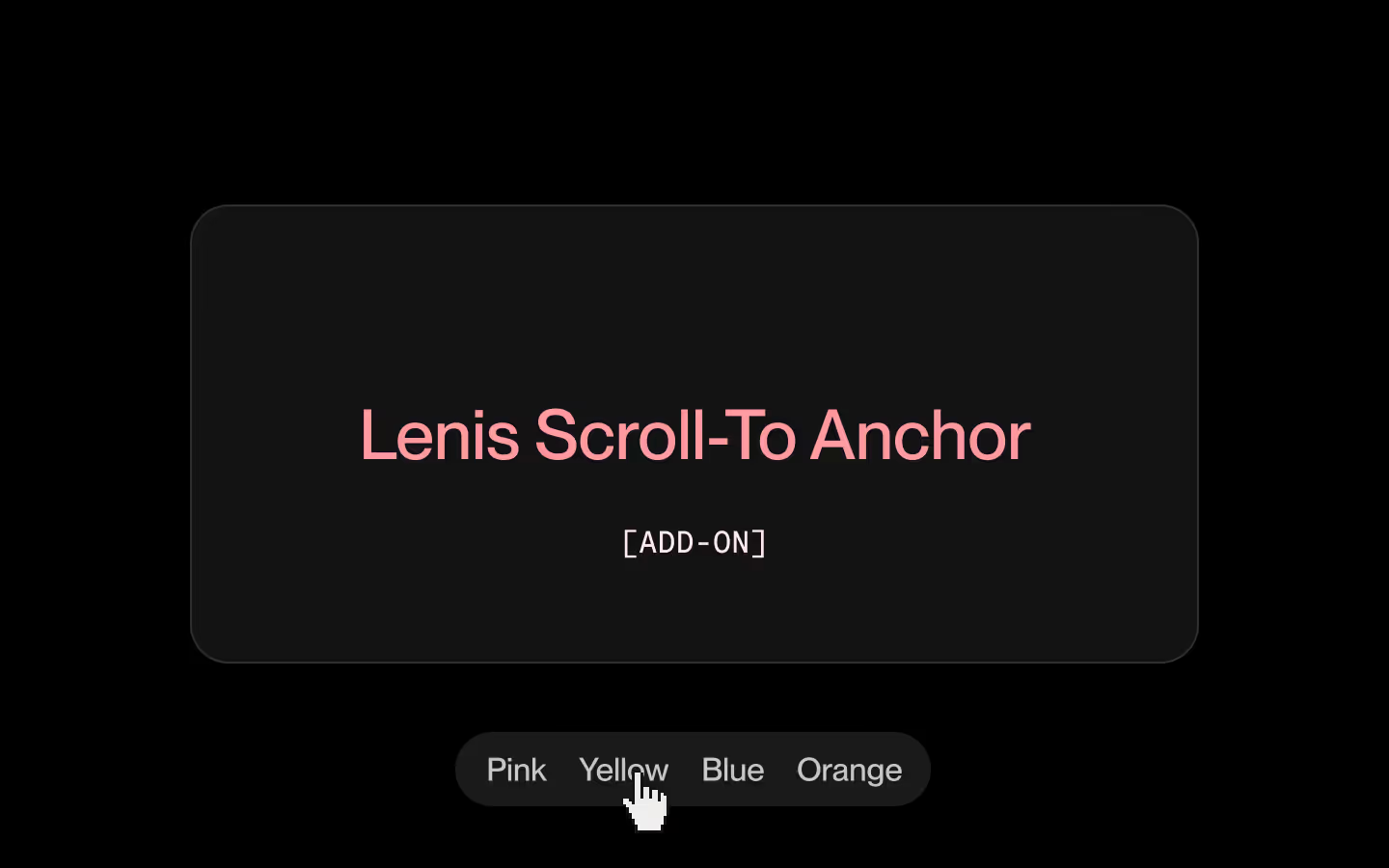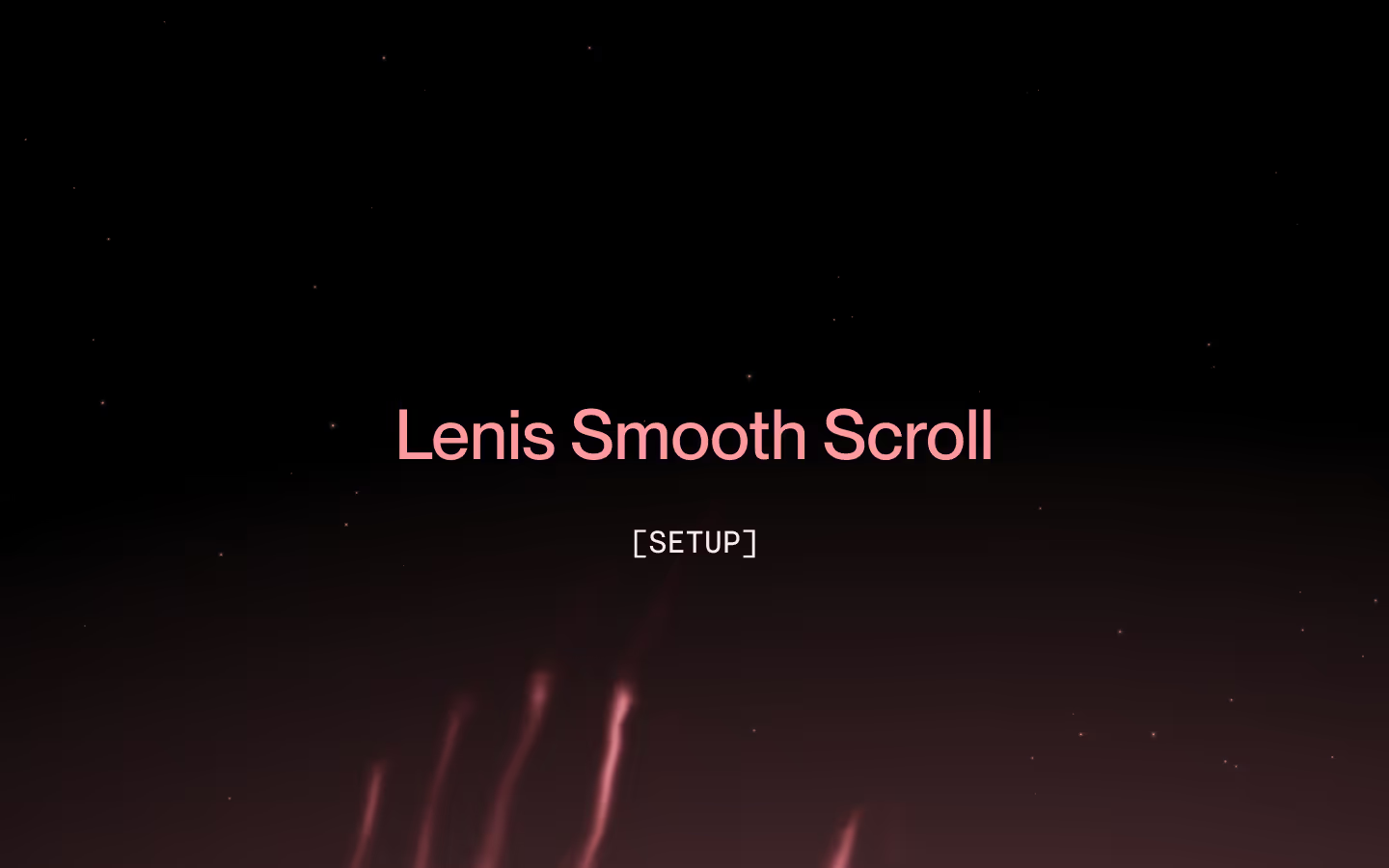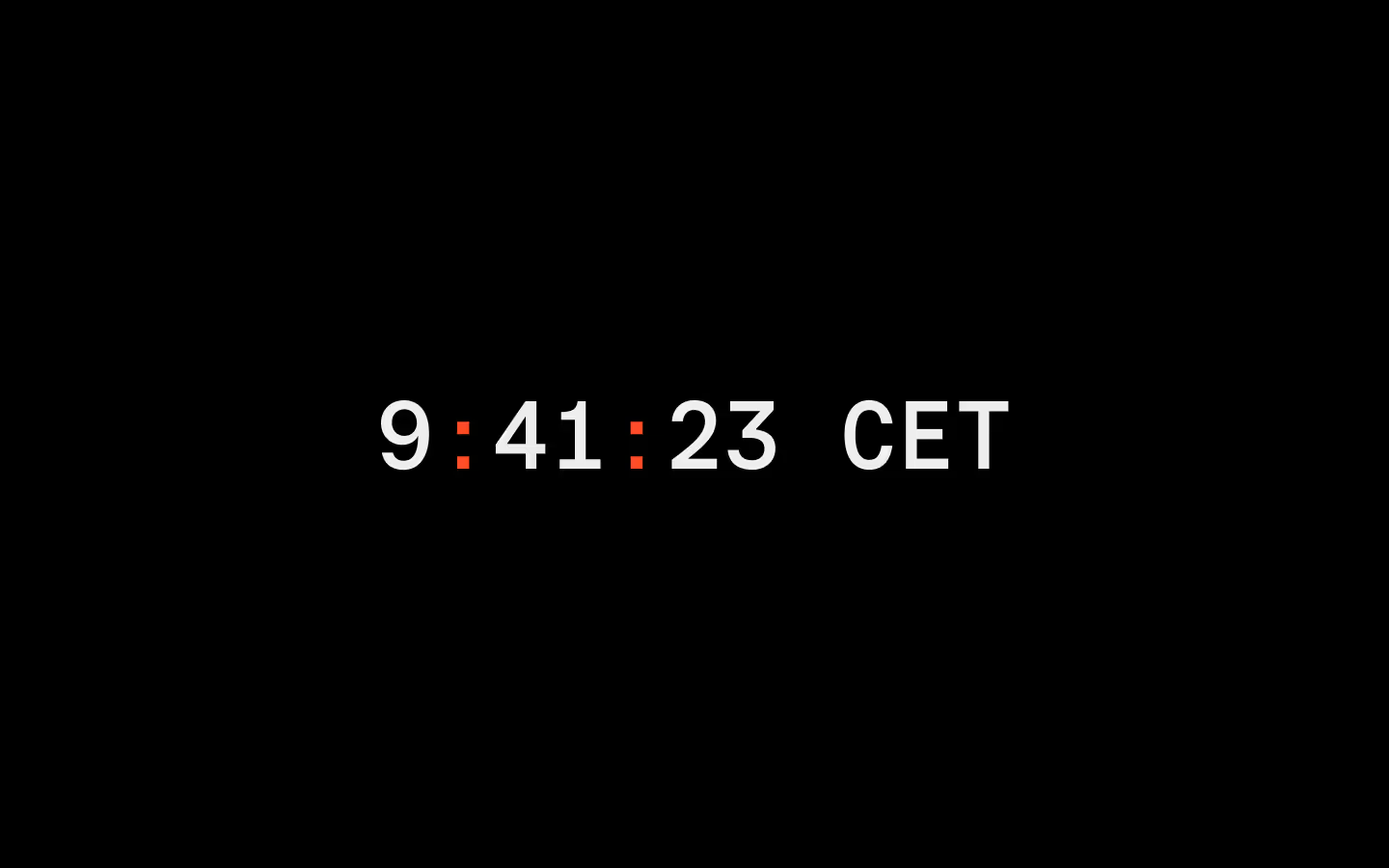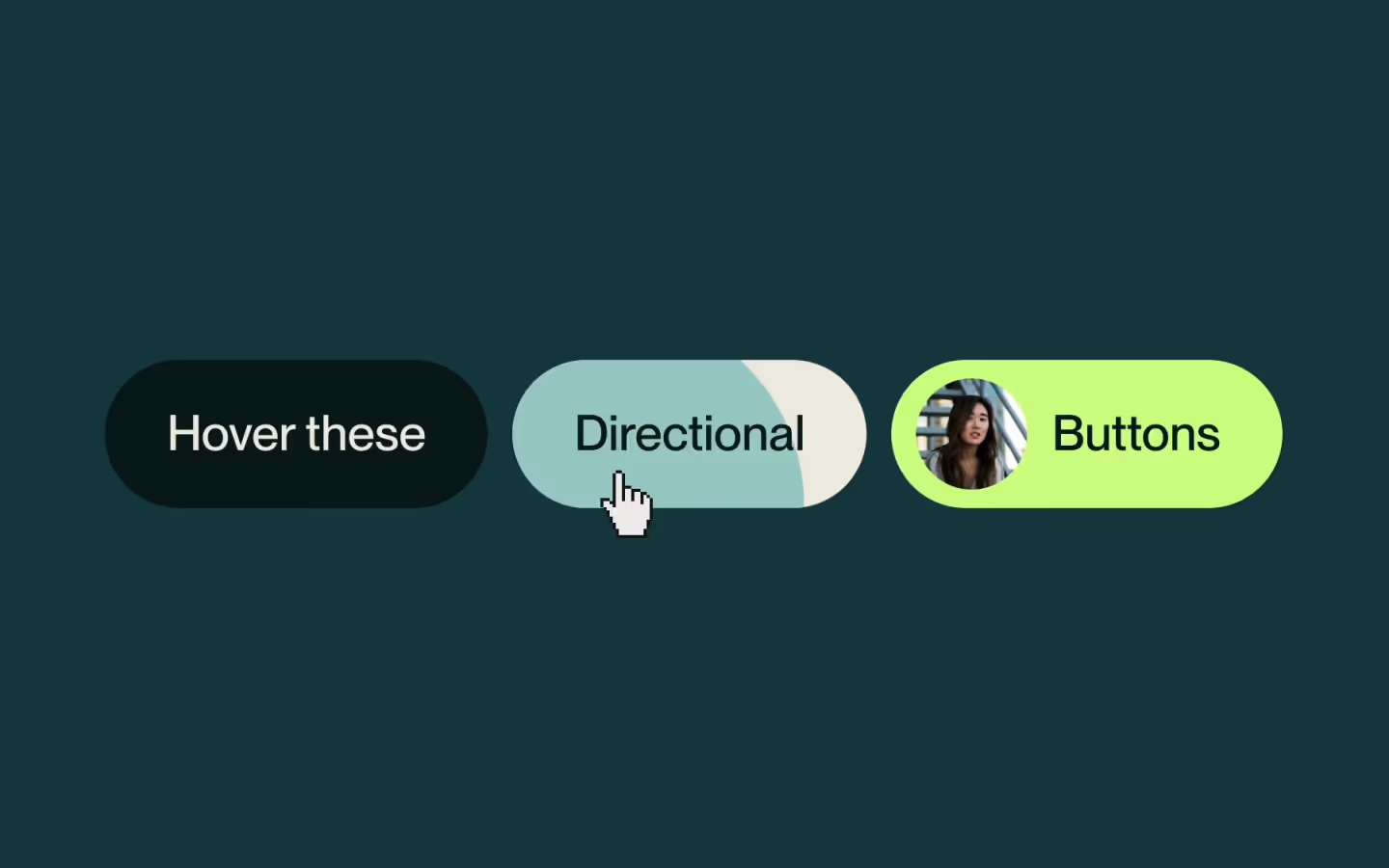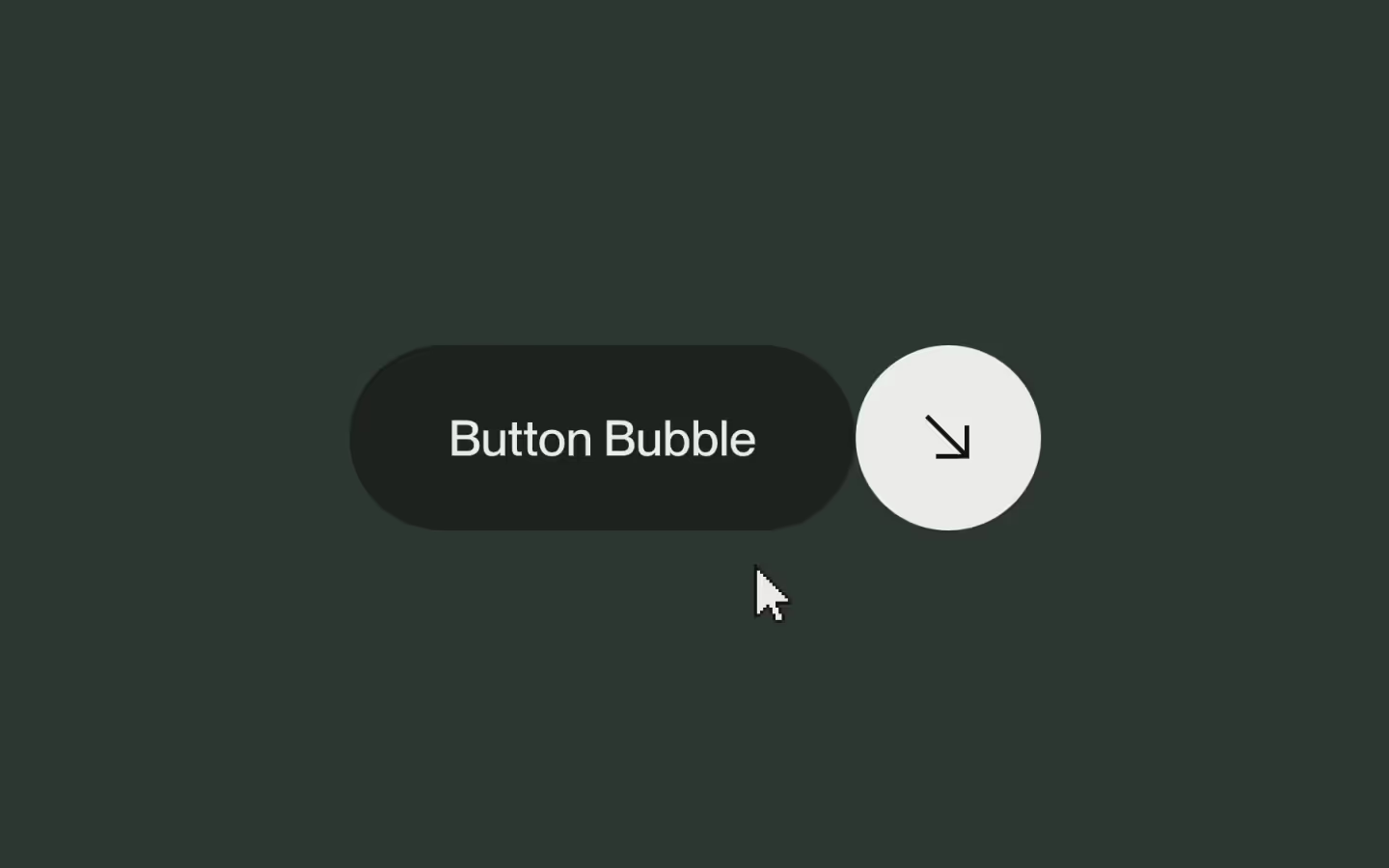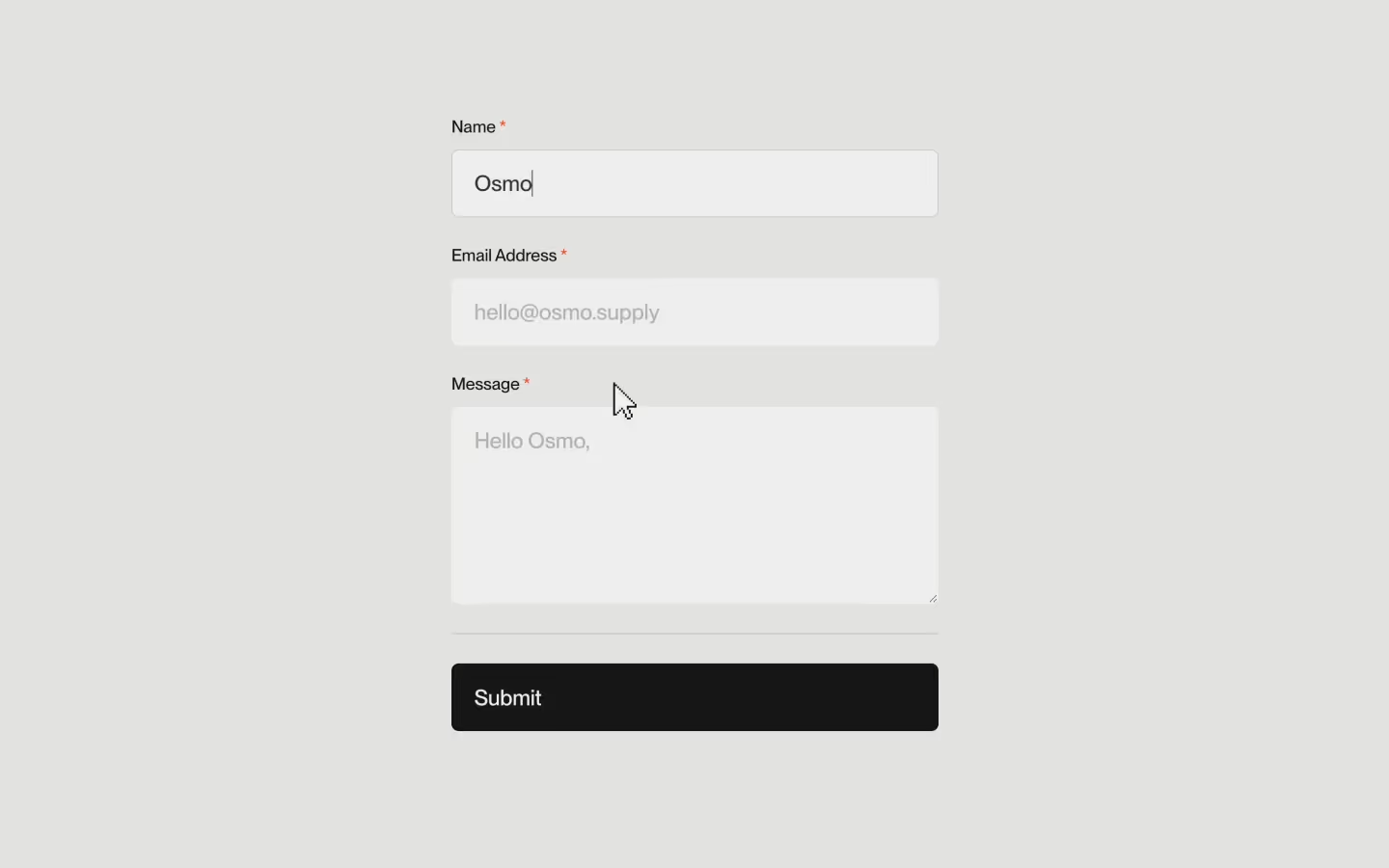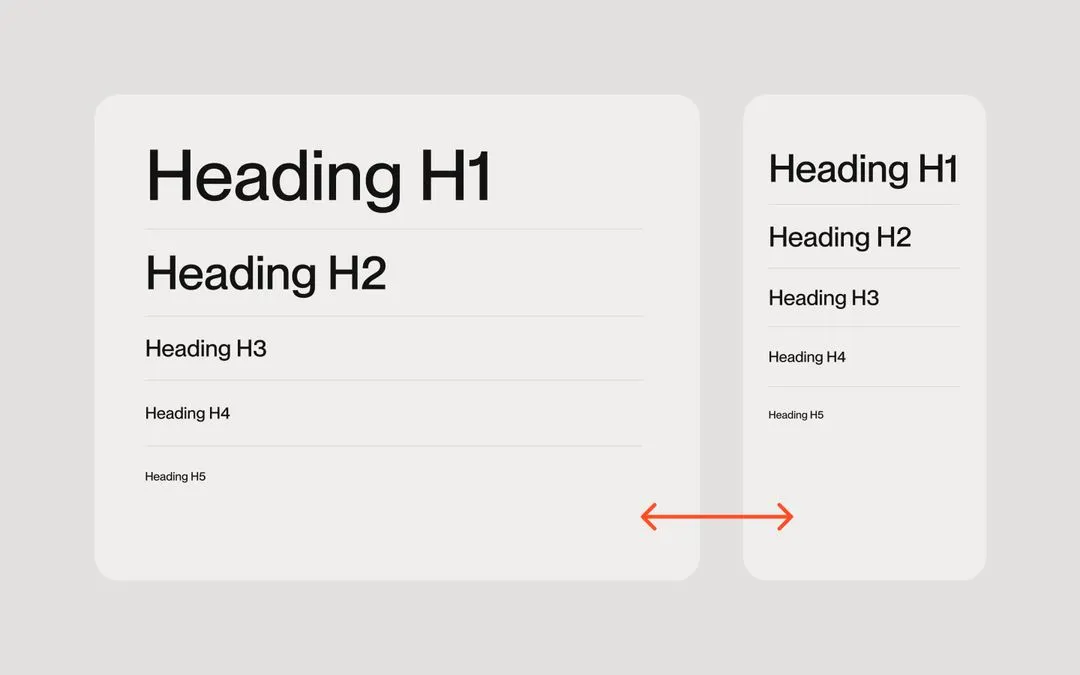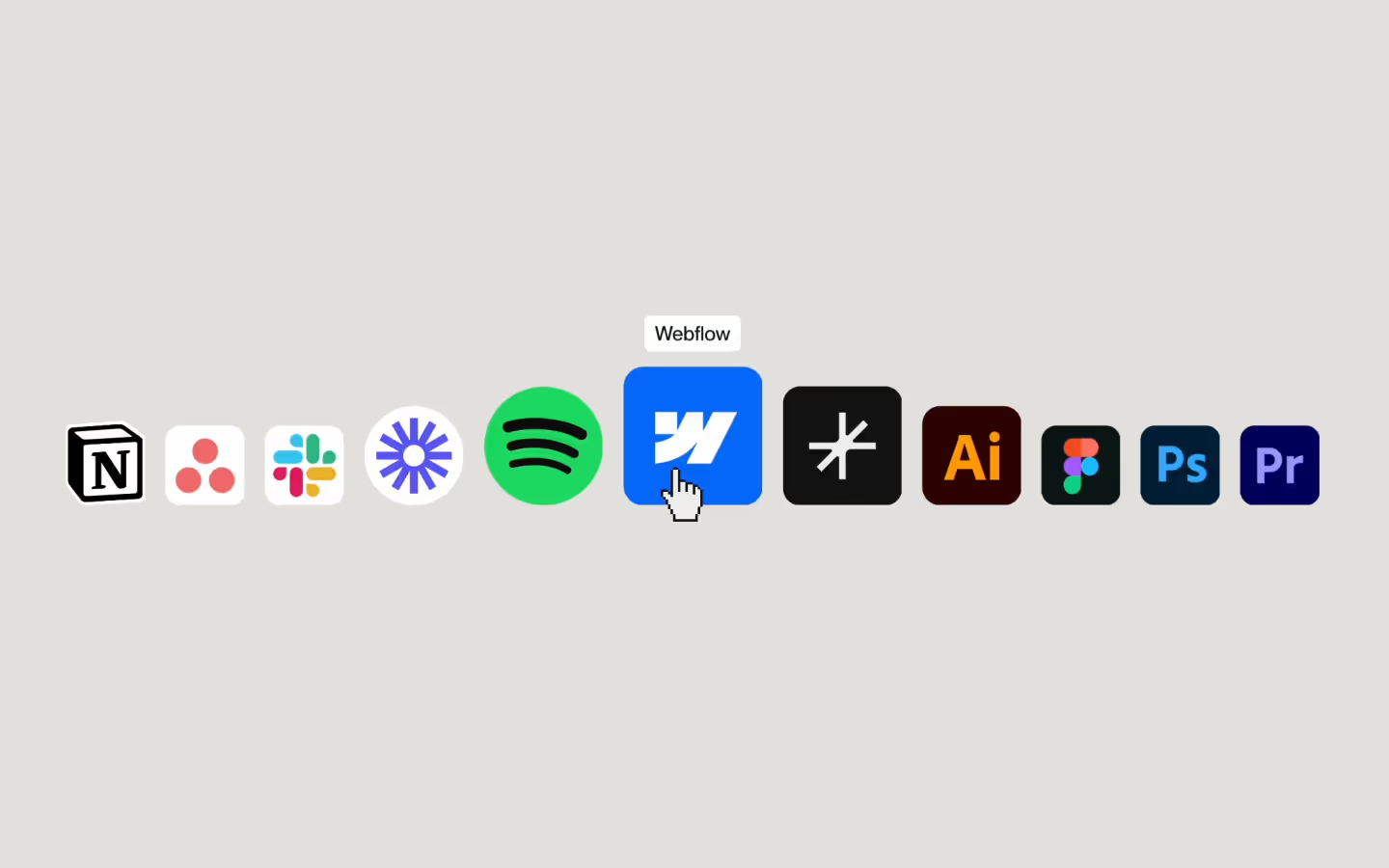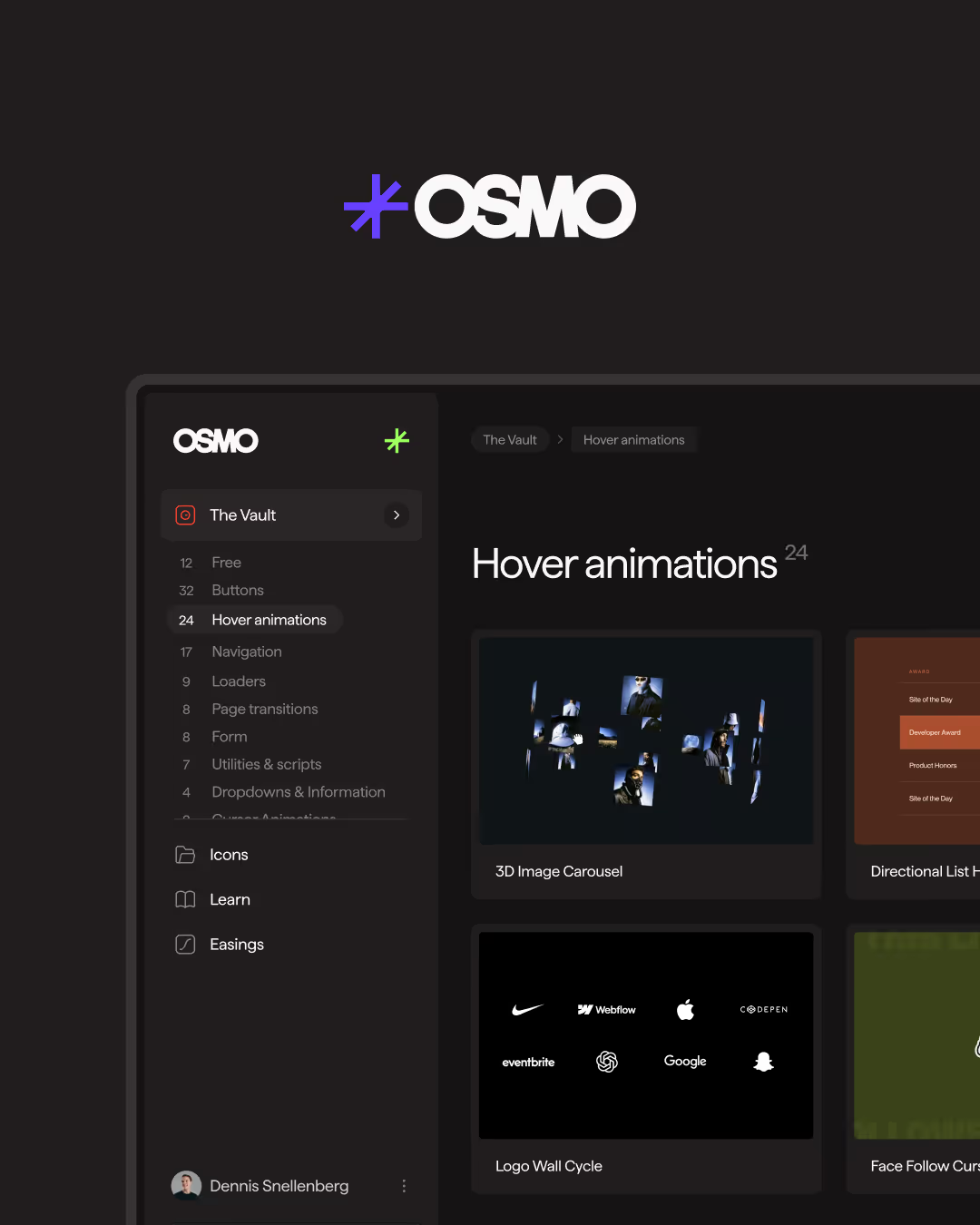Draw On Element with Cursor
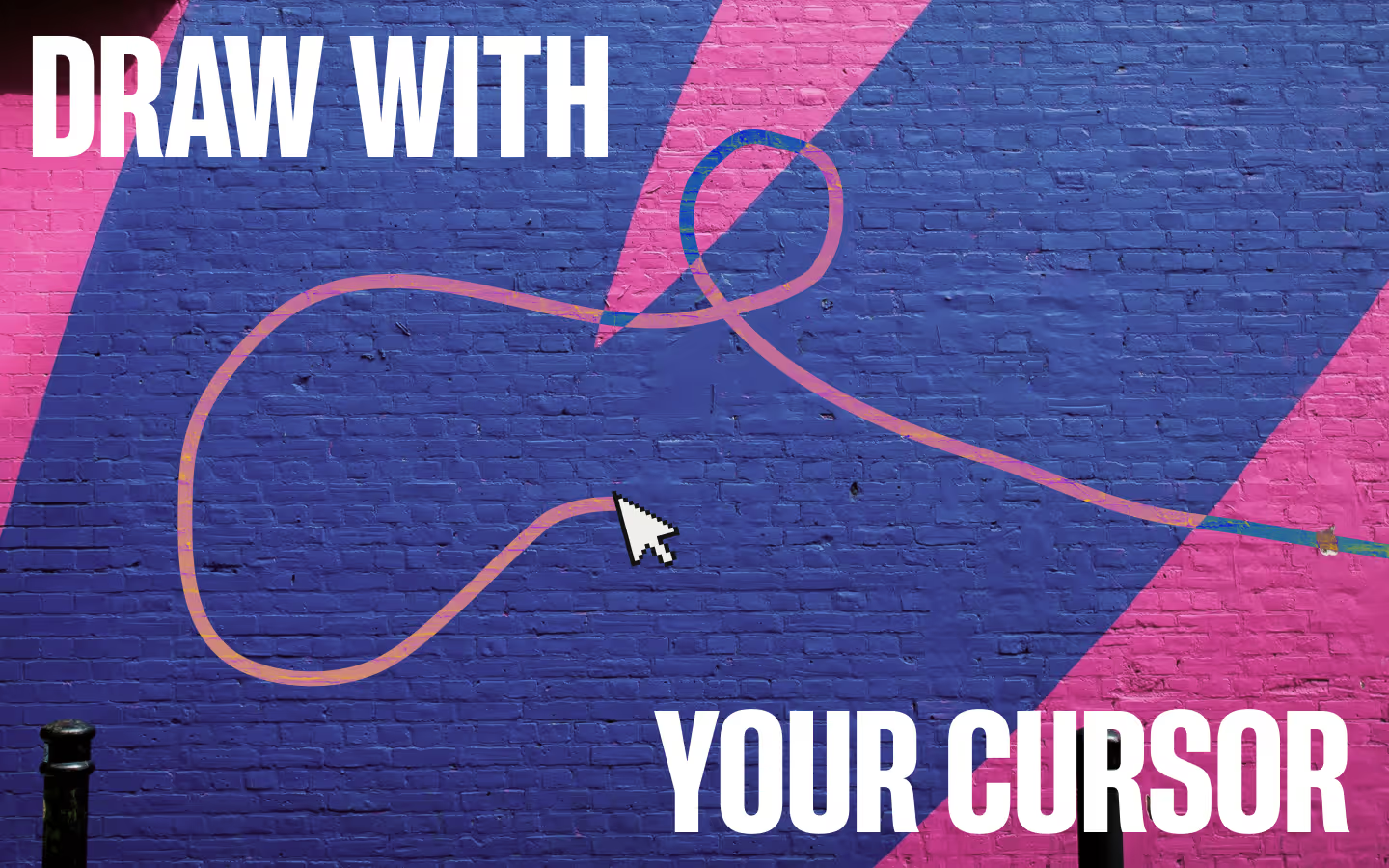
Documentation
Webflow
Code
Setup: External Scripts
External Scripts in Webflow
Make sure to always put the External Scripts before the Javascript step of the resource.
In this video you learn where to put these in your Webflow project? Or how to include a paid GSAP Club plugin in your project?
HTML
<script src="https://cdn.jsdelivr.net/npm/gsap@3.12.5/dist/gsap.min.js"></script>Step 1: Copy structure to Webflow
Copy structure to Webflow
In the video below we described how you can copy + paste the structure of this resource to your Webflow project.
Copy to Webflow
Webflow structure is not required for this resource.
Step 1: Add HTML
HTML
<div class="draw-section">
<div data-draw="" class="draw-section-bg">
<img src="images/bg-image.avif" loading="lazy" alt="" class="section-bg-image">
</div>
<div class="draw-section-overlay">
<h1 class="draw-heading">draw with</h1>
<h1 class="draw-heading align-right">your cursor</h1>
</div>
</div>HTML structure is not required for this resource.
Step 2: Add CSS
CSS
.draw-section {
width: 100%;
height: 100vh;
margin-bottom: 50vh;
position: relative;
}
.draw-heading {
text-transform: uppercase;
margin-top: 0;
margin-bottom: 0;
font-family: PP Neue Corp Tight, Arial, sans-serif;
font-size: 11.25em;
font-weight: 700;
line-height: 1;
}
.draw-heading.align-right {
text-align: right;
}
.draw-section-bg {
z-index: 0;
width: 100%;
height: 100%;
}
.section-bg-image {
object-fit: cover;
width: 100%;
height: 100%;
}
.draw-section-overlay {
z-index: 2;
pointer-events: none;
flex-flow: column;
justify-content: space-between;
align-items: stretch;
padding: 2em;
display: flex;
position: absolute;
inset: 0%;
}
[data-draw]{
position: relative;
}
svg.cursor-svg {
position: absolute;
z-index: 10;
top: 0;
left: 0;
height: 100%;
width: 100%;
pointer-events: none;
mix-blend-mode: difference;
}
svg.cursor-svg line {
stroke: #FF9900;
stroke-width: 15;
stroke-linecap: round;
stroke-linejoin: round;
}Step 2: Add custom Javascript
Custom Javascript in Webflow
In this video, Ilja gives you some guidance about using JavaScript in Webflow:
Step 2: Add Javascript
Step 3: Add Javascript
Javascript
function supportsTouch() {
return (('ontouchstart' in window) ||
(navigator.maxTouchPoints > 0) ||
(navigator.msMaxTouchPoints > 0));
}
function initDrawing() {
if (supportsTouch()) { return; } // Exit function if it's a touch device
let svgns = "http://www.w3.org/2000/svg";
// Function that creates an SVG Line
function createLine(root, x, y) {
let line = document.createElementNS(svgns, "line");
line.setAttribute("x1", x);
line.setAttribute("y1", y);
line.setAttribute("x2", x);
line.setAttribute("y2", y);
root.appendChild(line);
return line;
}
function handleDrawing(element) {
// Create an empty SVG inside the [data-draw] wrapper. This is where we will render the lines in
let svgRoot = document.createElementNS(svgns, "svg");
svgRoot.classList.add("cursor-svg");
element.appendChild(svgRoot);
let currentLine = null;
// Place first coordinate on mouseenter of [data-draw] element
element.addEventListener("mouseenter", (event) => {
currentLine = createLine(svgRoot, event.offsetX, event.offsetY);
});
// Create lines on every mousemove
element.addEventListener("mousemove", (event) => {
if (currentLine) {
currentLine.setAttribute("x2", event.offsetX);
currentLine.setAttribute("y2", event.offsetY);
currentLine = createLine(svgRoot, event.offsetX, event.offsetY);
}
});
// On mouseleave of the [data-draw] wrap, smoothly remove all lines
element.addEventListener("mouseleave", () => {
if (currentLine) {
gsap.to(svgRoot.querySelectorAll("line"), {
strokeOpacity: 0,
duration: 0.01,
stagger: 0.01,
ease: "none",
onComplete: () => {
svgRoot
.querySelectorAll("line")
.forEach((line) => svgRoot.removeChild(line));
},
});
currentLine = null;
}
});
}
document.querySelectorAll("[data-draw]").forEach(handleDrawing);
}
// Initialize Draw on Element with Cursor
document.addEventListener('DOMContentLoaded', () => {
initDrawing();
});Step 3: Add custom CSS
Step 2: Add custom CSS
Custom CSS in Webflow
Curious about where to put custom CSS in Webflow? Ilja explains it in the below video:
CSS
[data-draw]{
position: relative;
}
svg.cursor-svg {
position: absolute;
z-index: 10;
top: 0;
left: 0;
height: 100%;
width: 100%;
pointer-events: none;
mix-blend-mode: difference;
}
svg.cursor-svg line {
stroke: #FF9900;
stroke-width: 15;
stroke-linecap: round;
stroke-linejoin: round;
}Implementation
Add a div or other HTML element anywhere on your site with an attribute of data-draw and make sure it has any position that is not static. The JS will add an SVG element in this data-draw wrapper. So you can get creative with adding this over images, videos, or simply coloured blocks.
Customising
Play around with the styling of the SVG line element in the CSS to determine what the drawn line looks like. For an extra effect, we added a blend-mode of difference to the SVG element.
Resource details
Last updated
November 24, 2025
Category
Cursor Animations
Need help?
Join Slack






